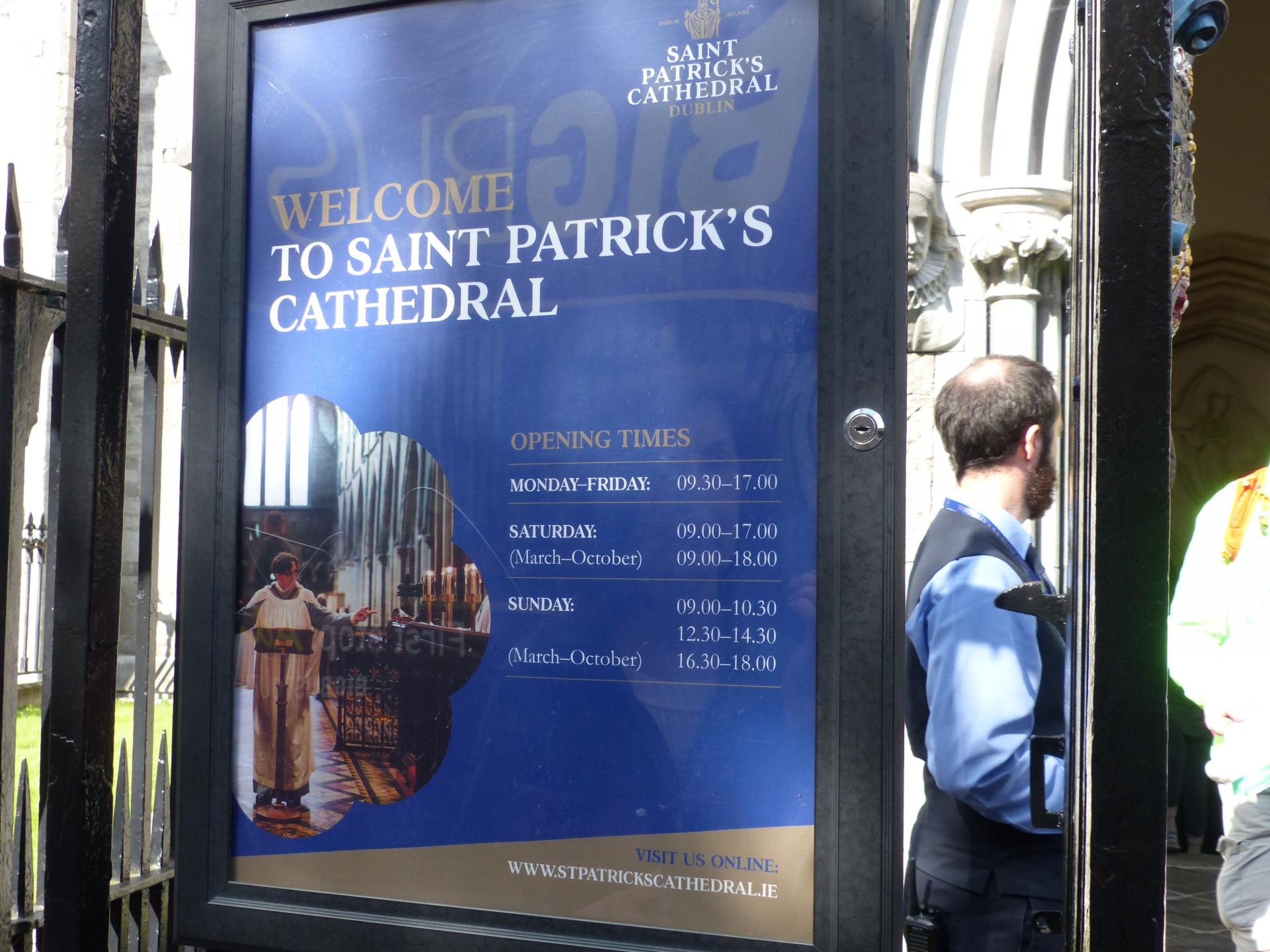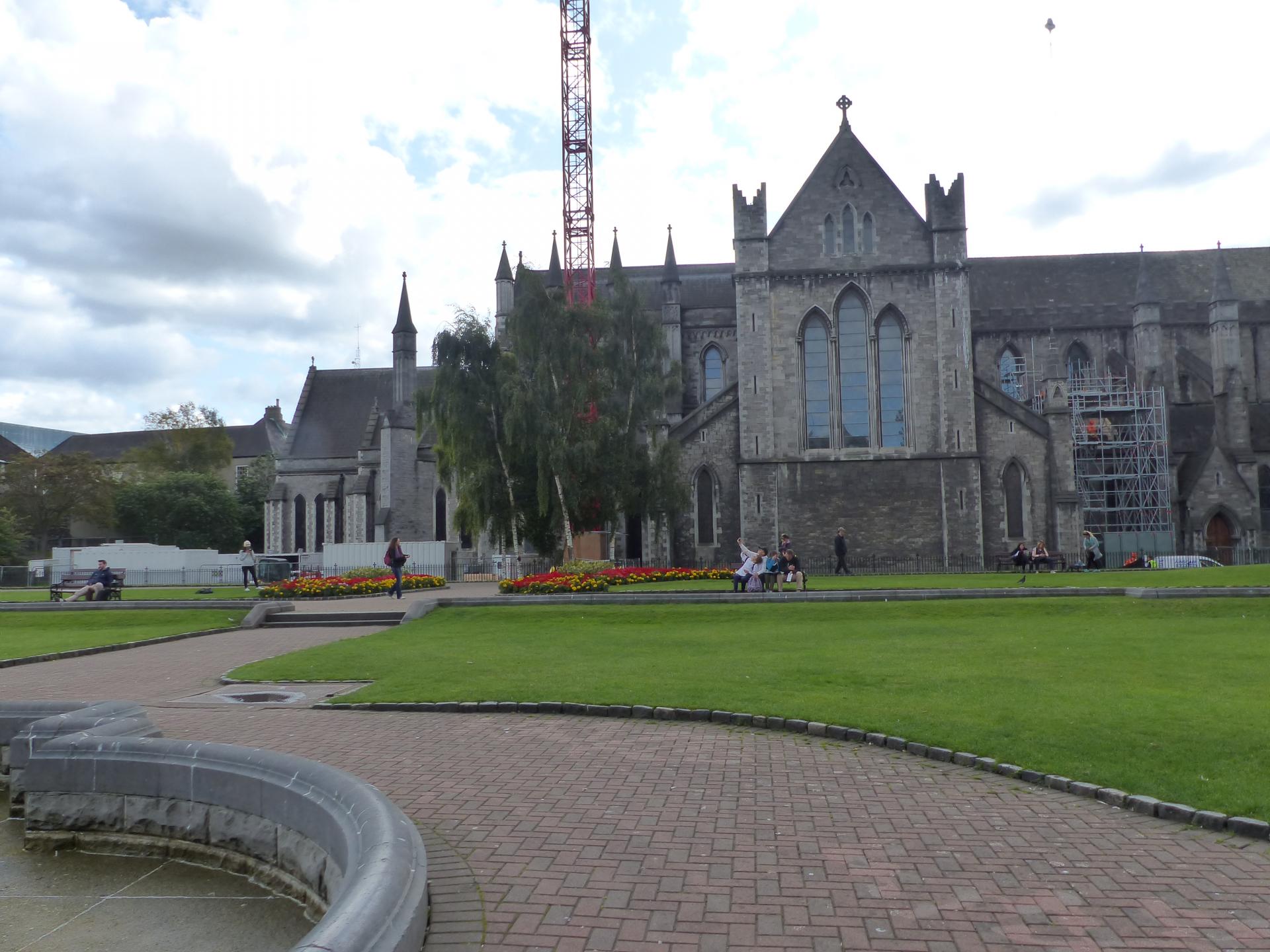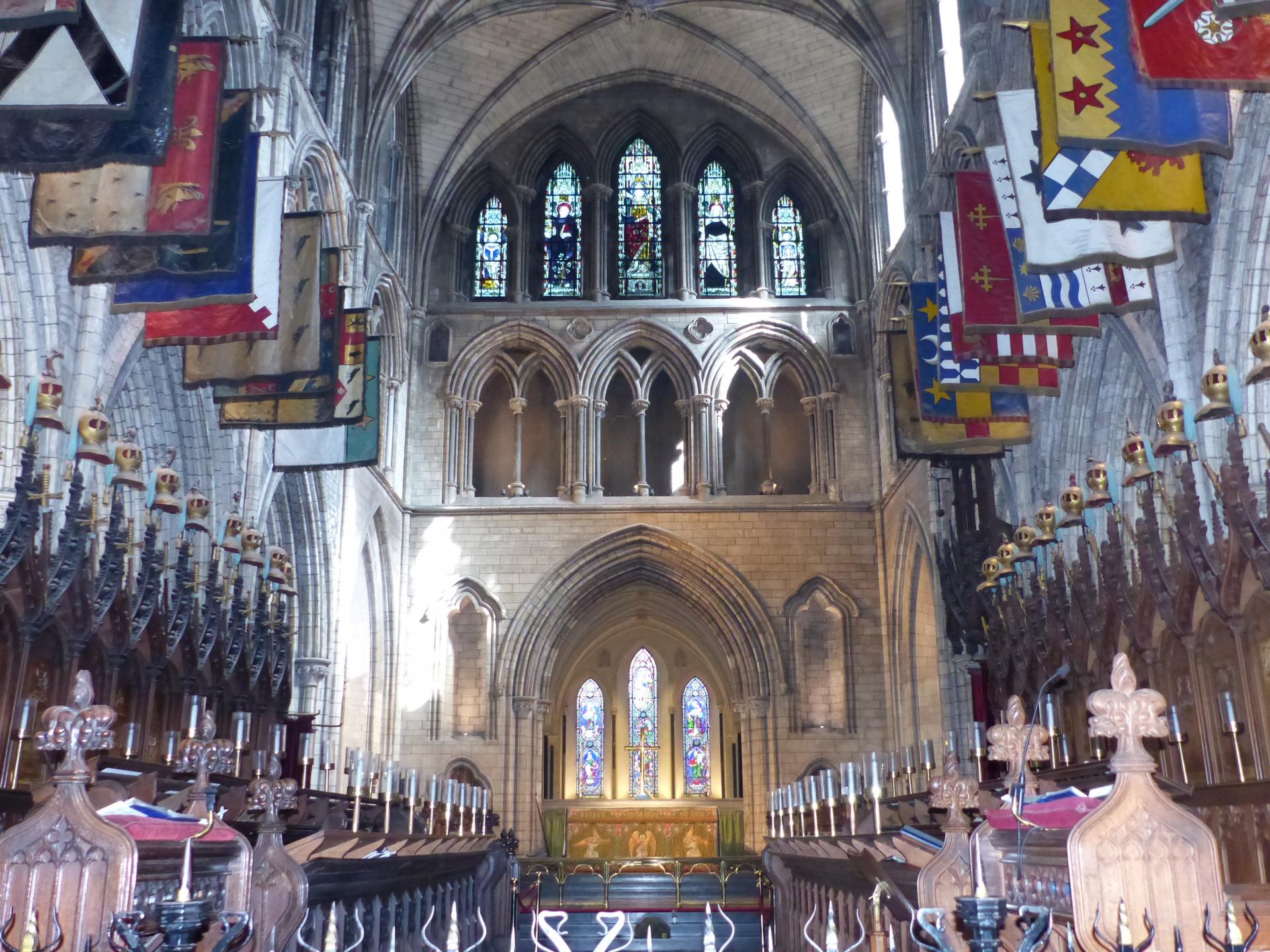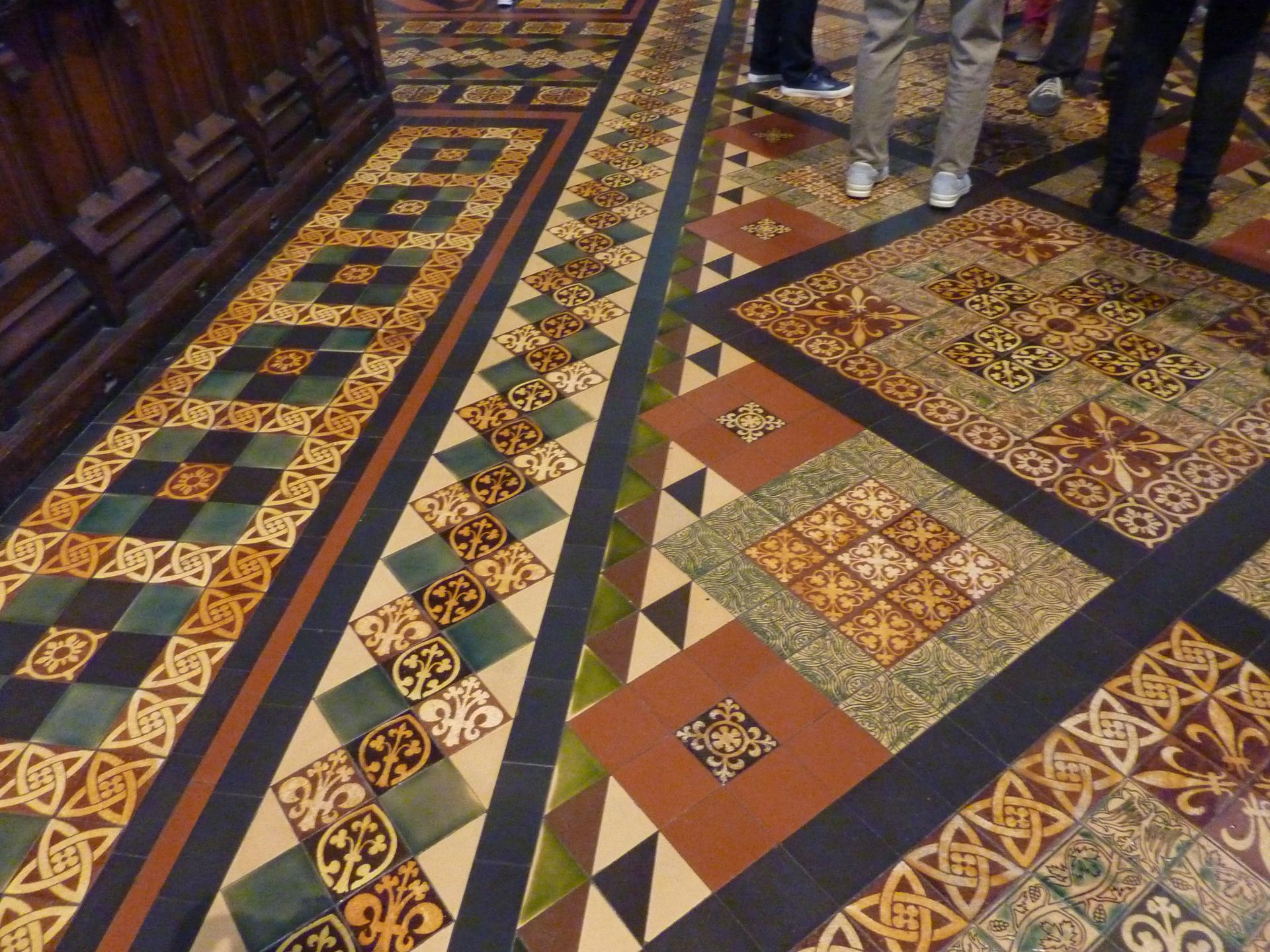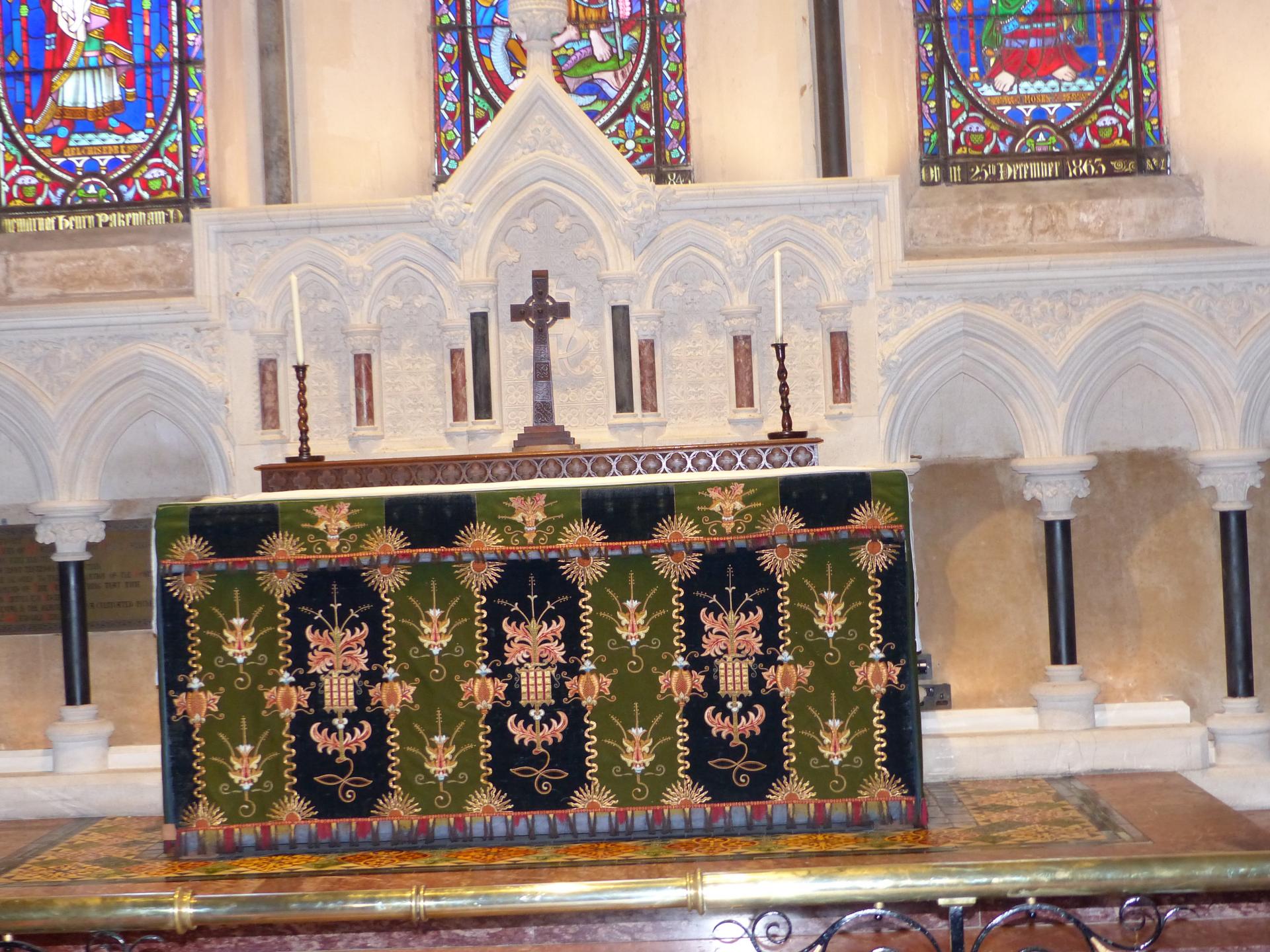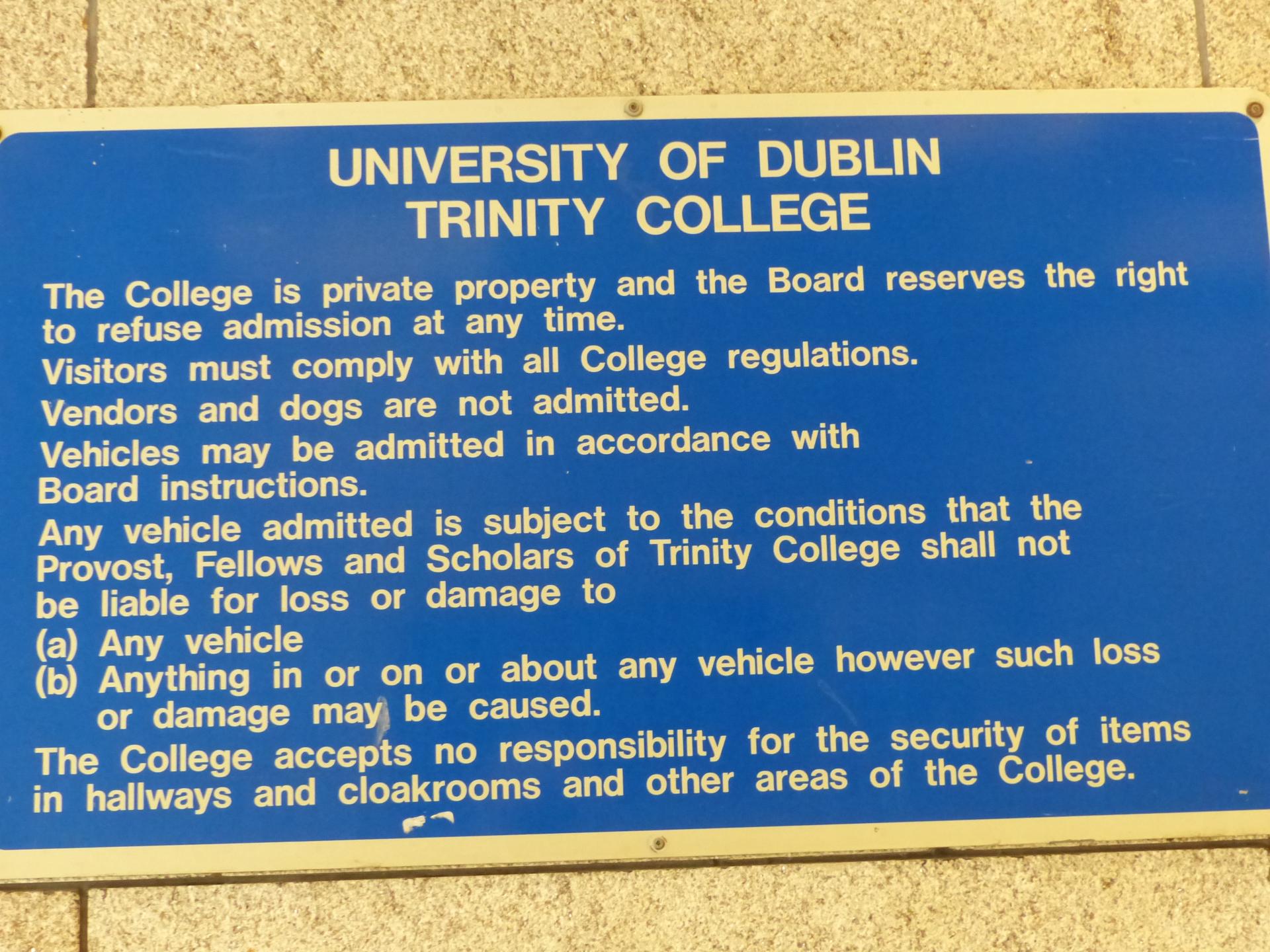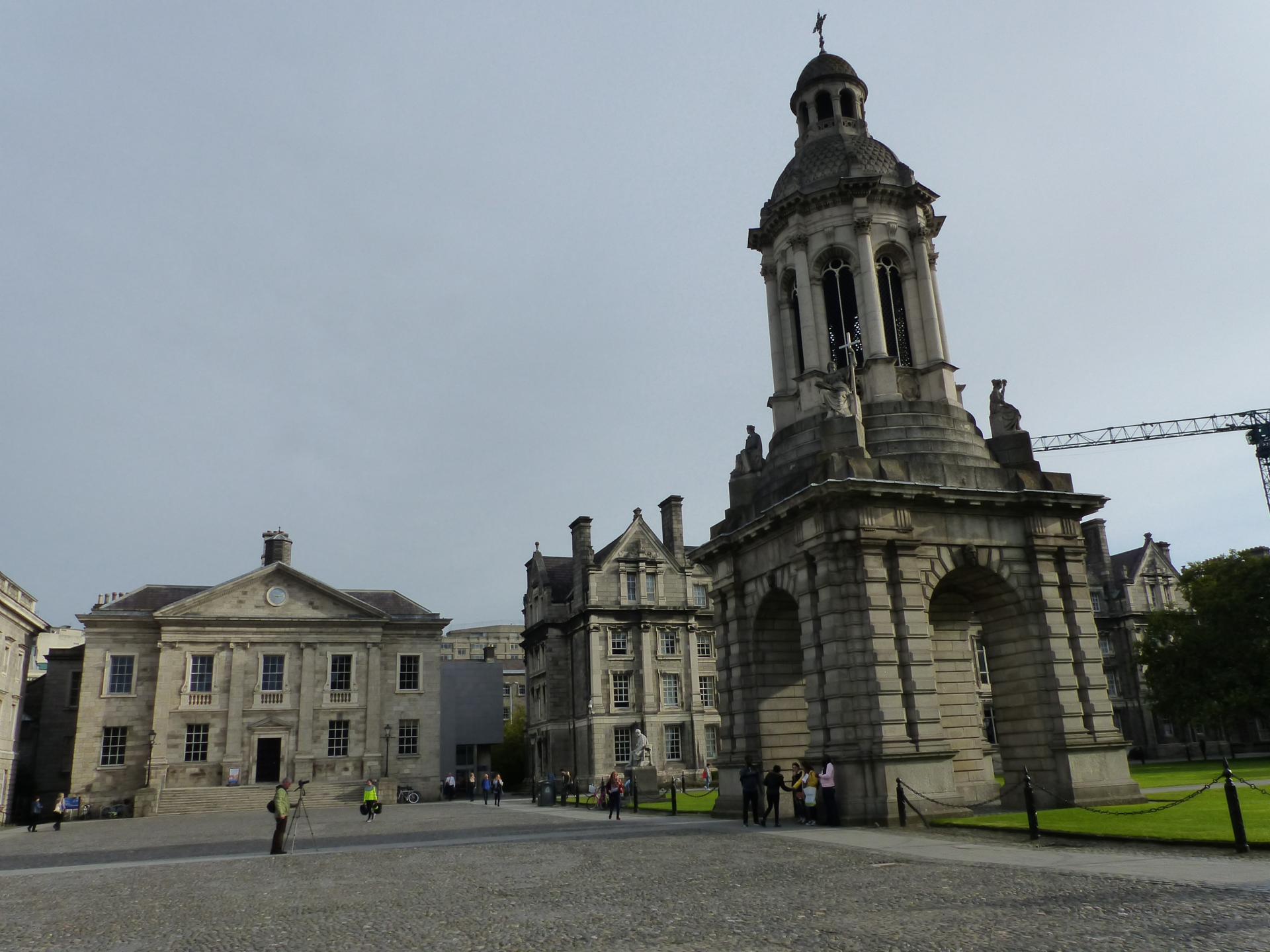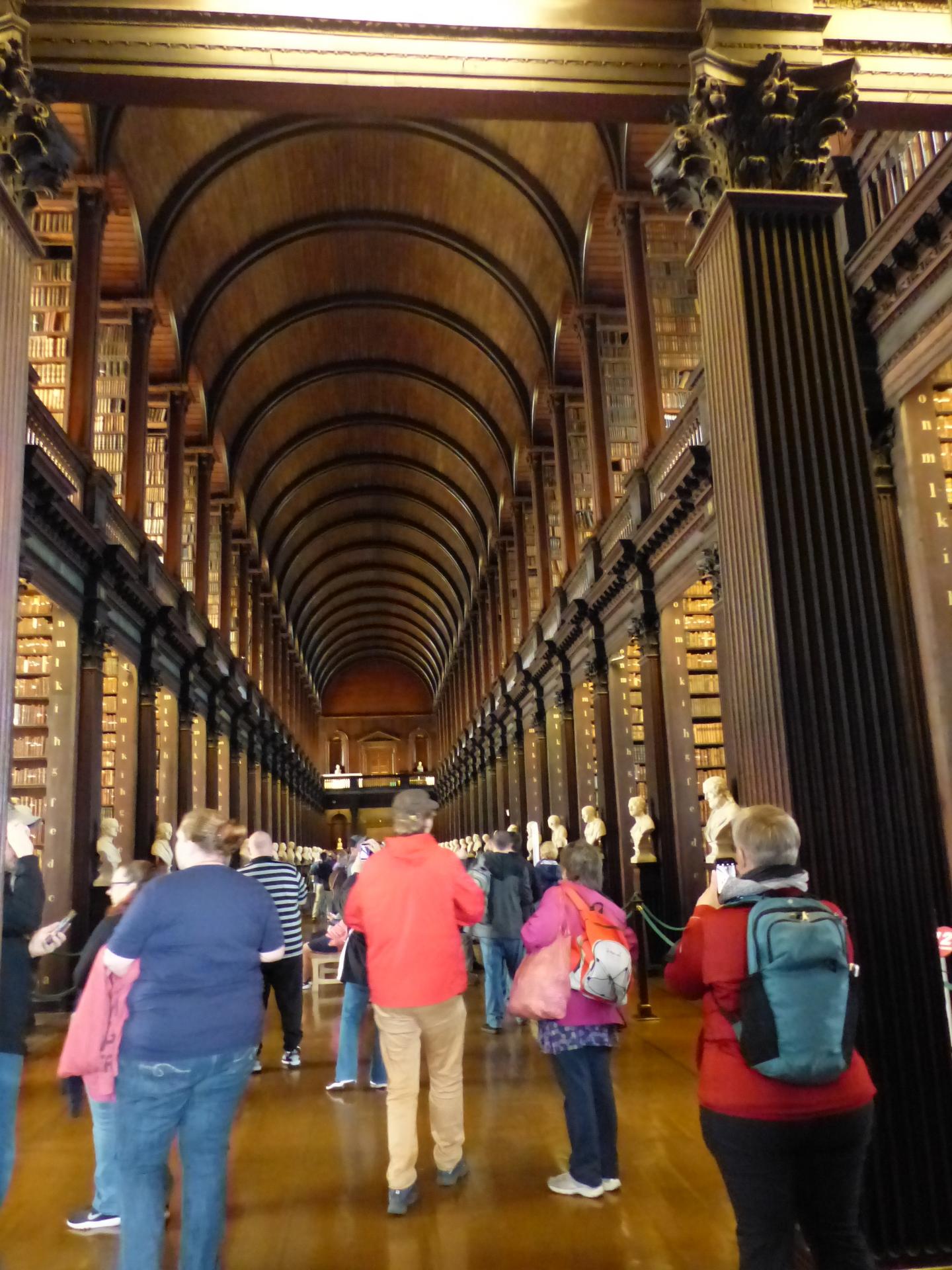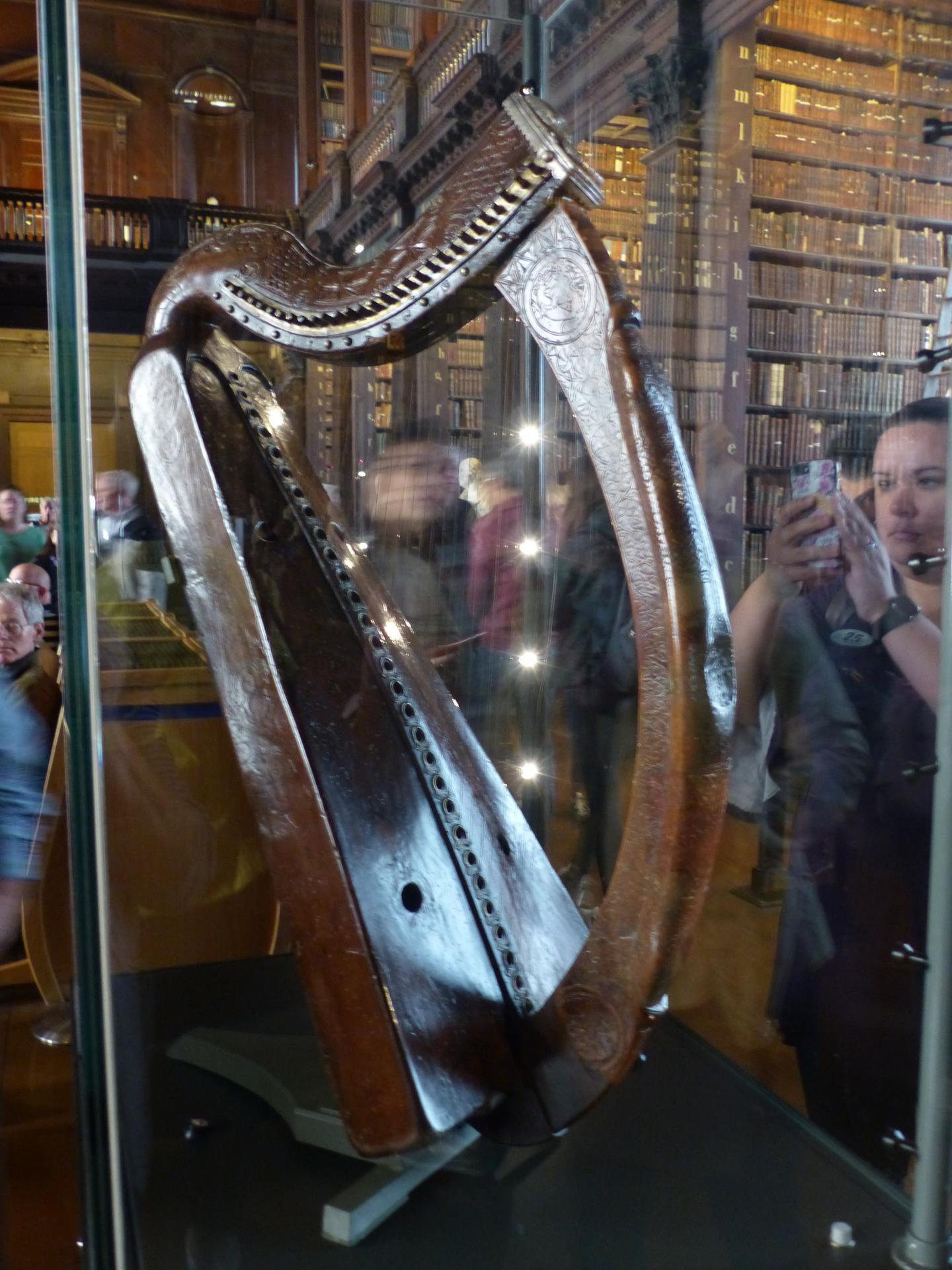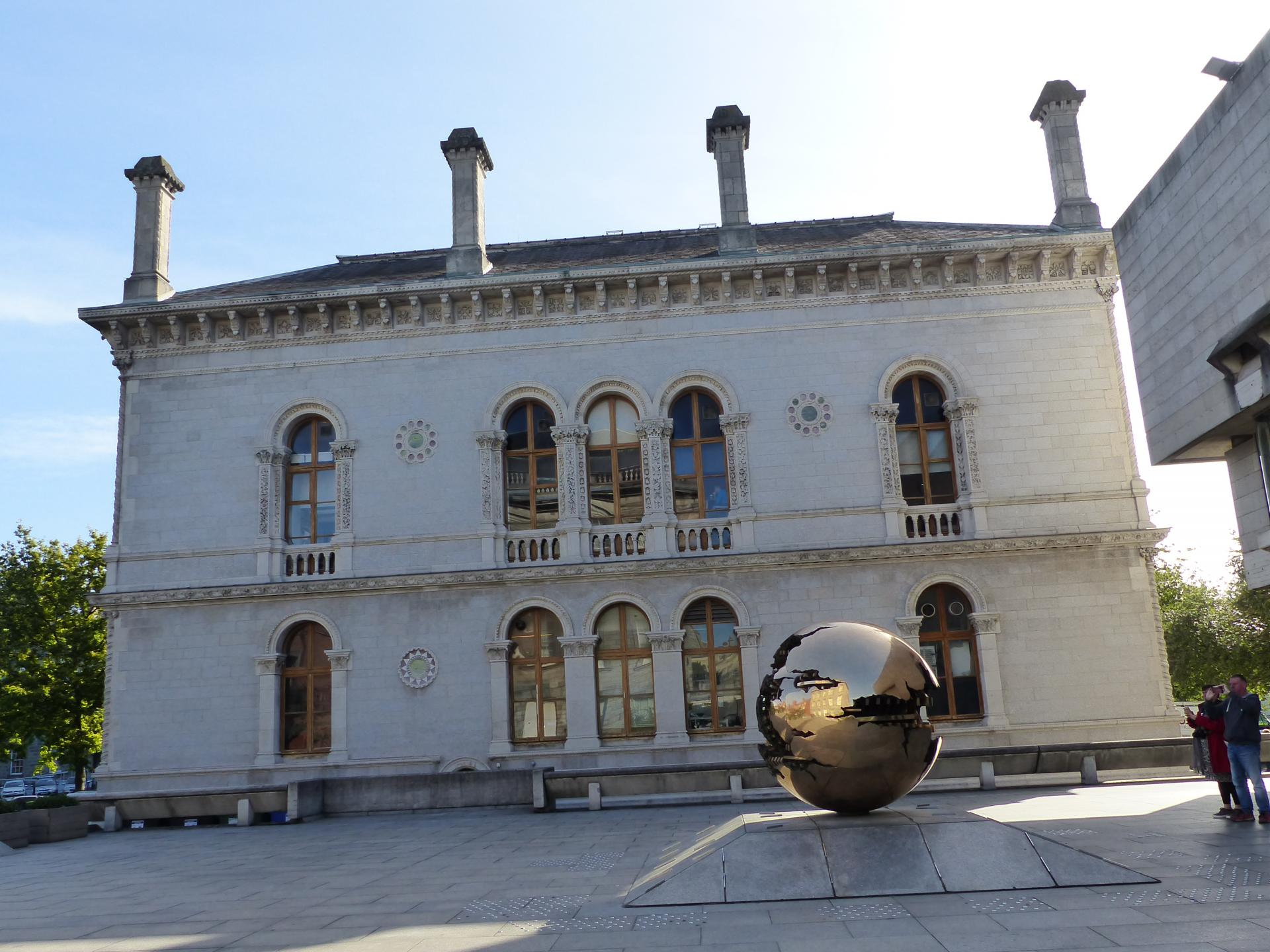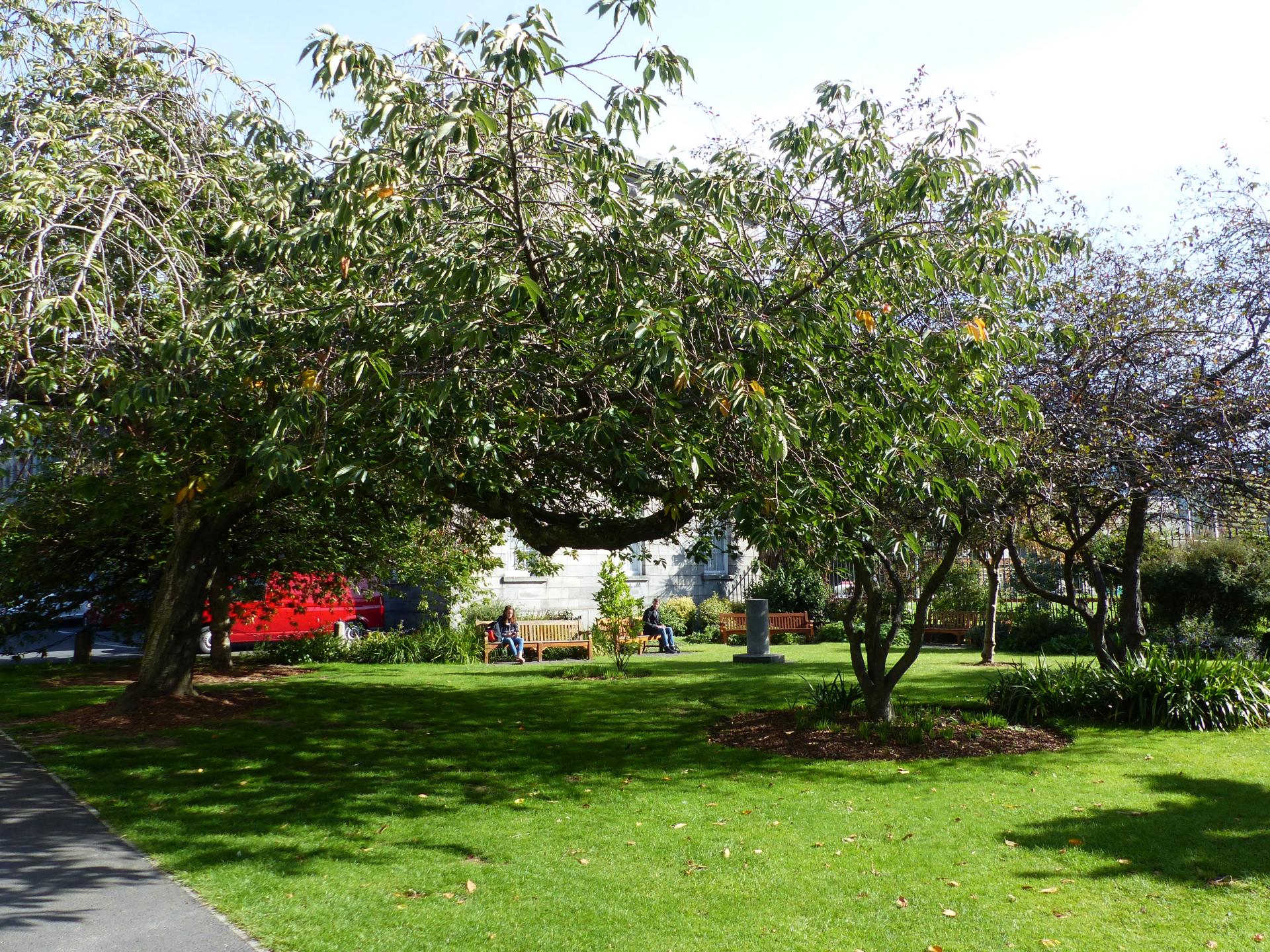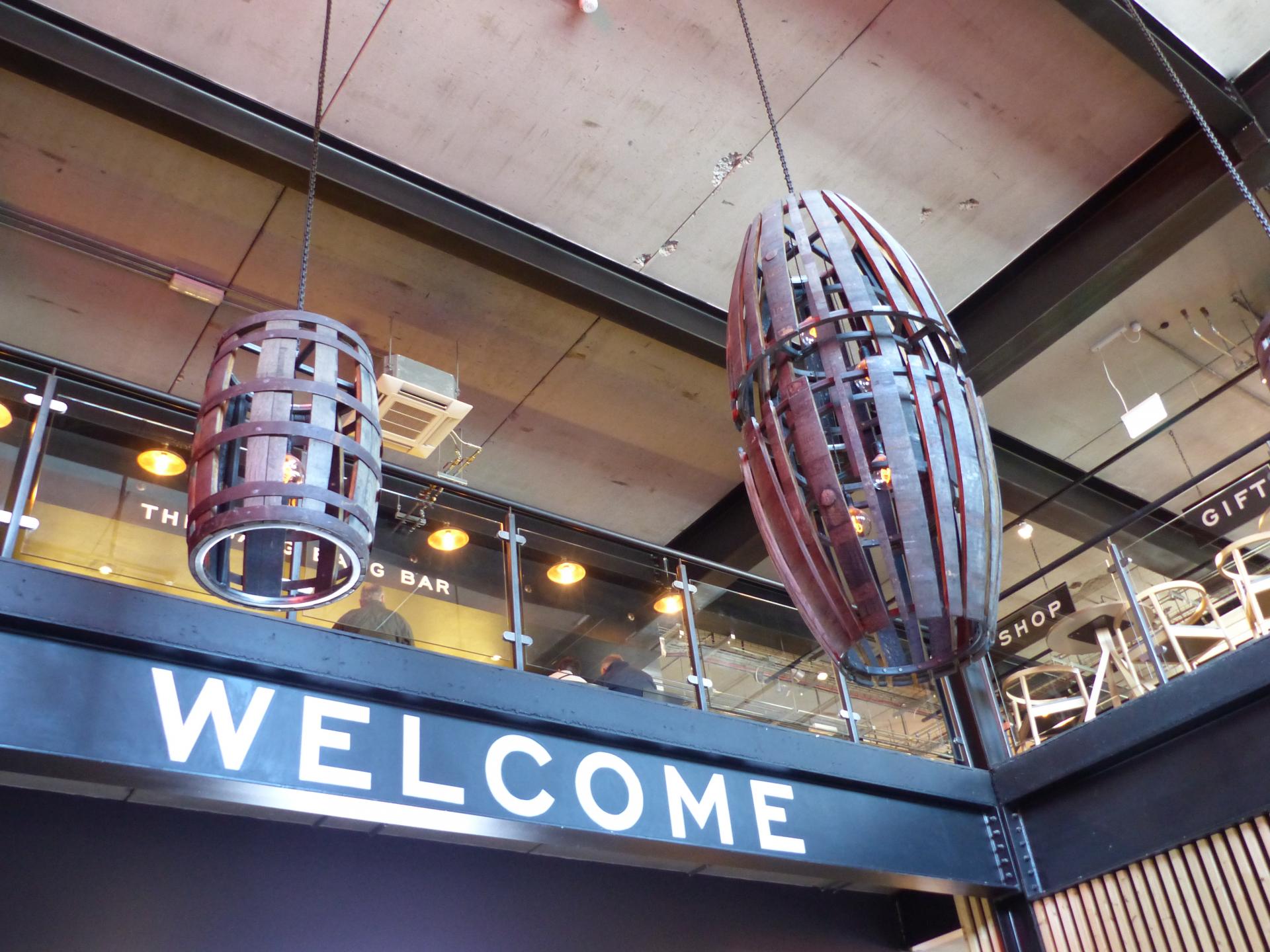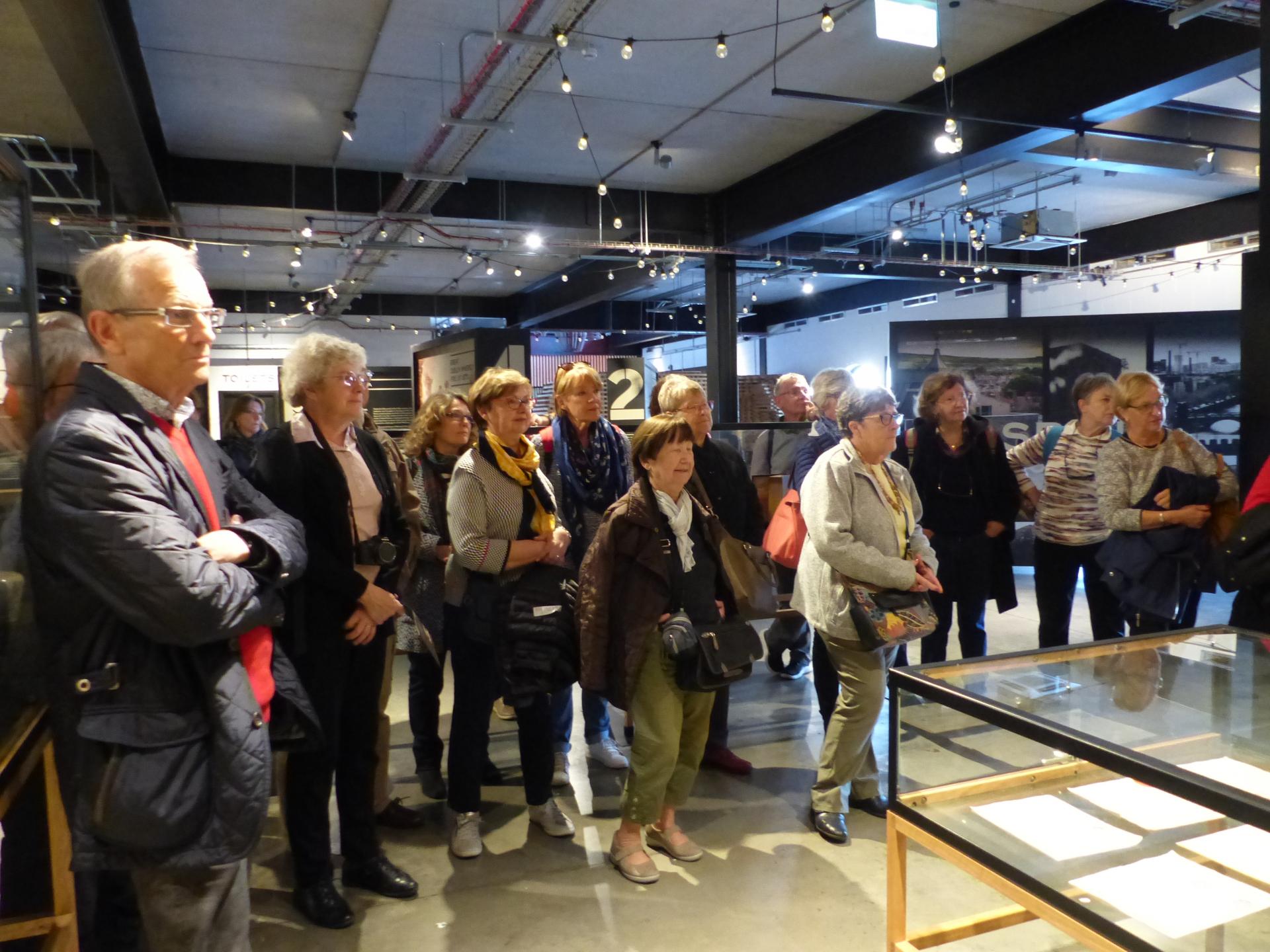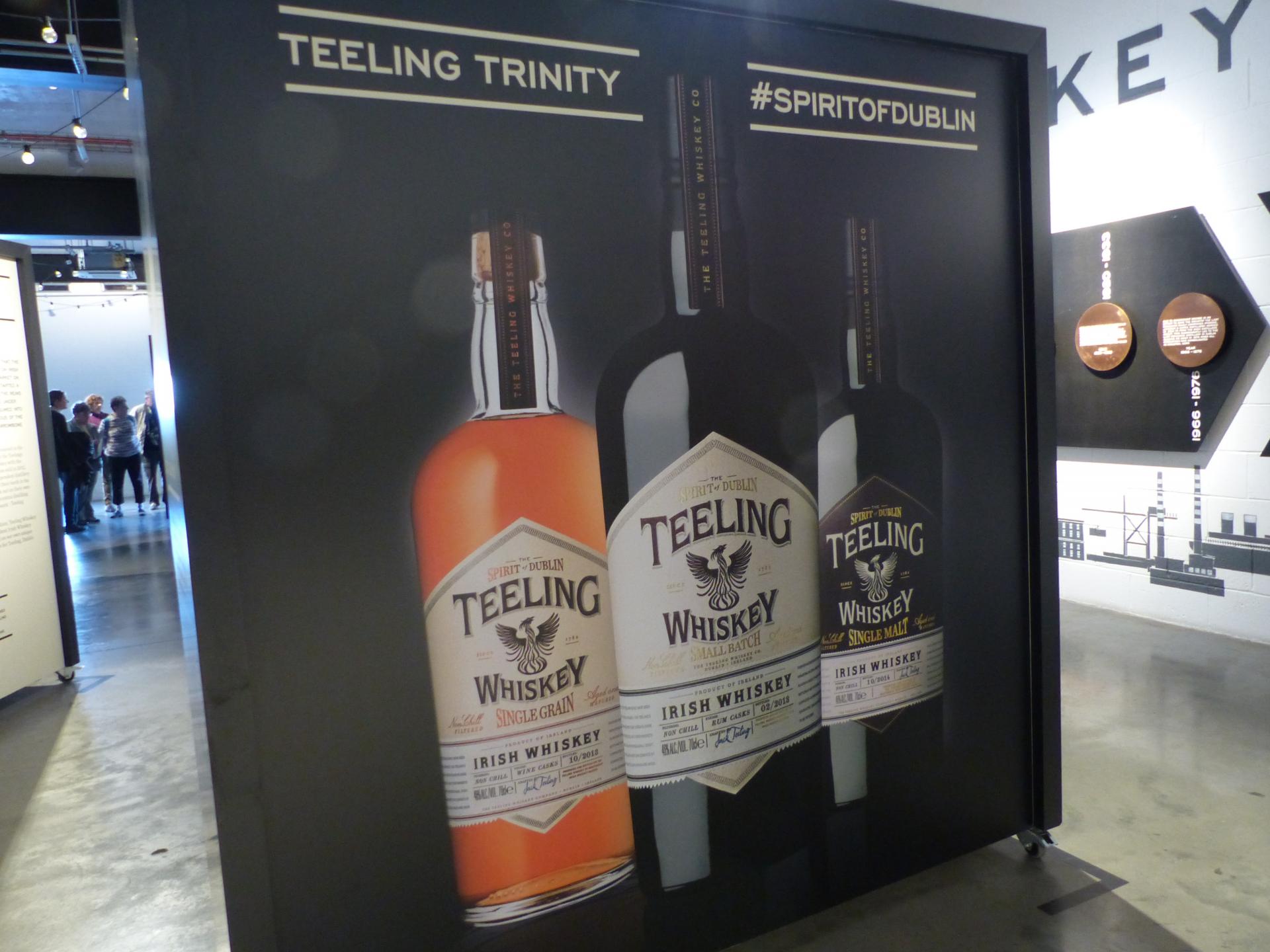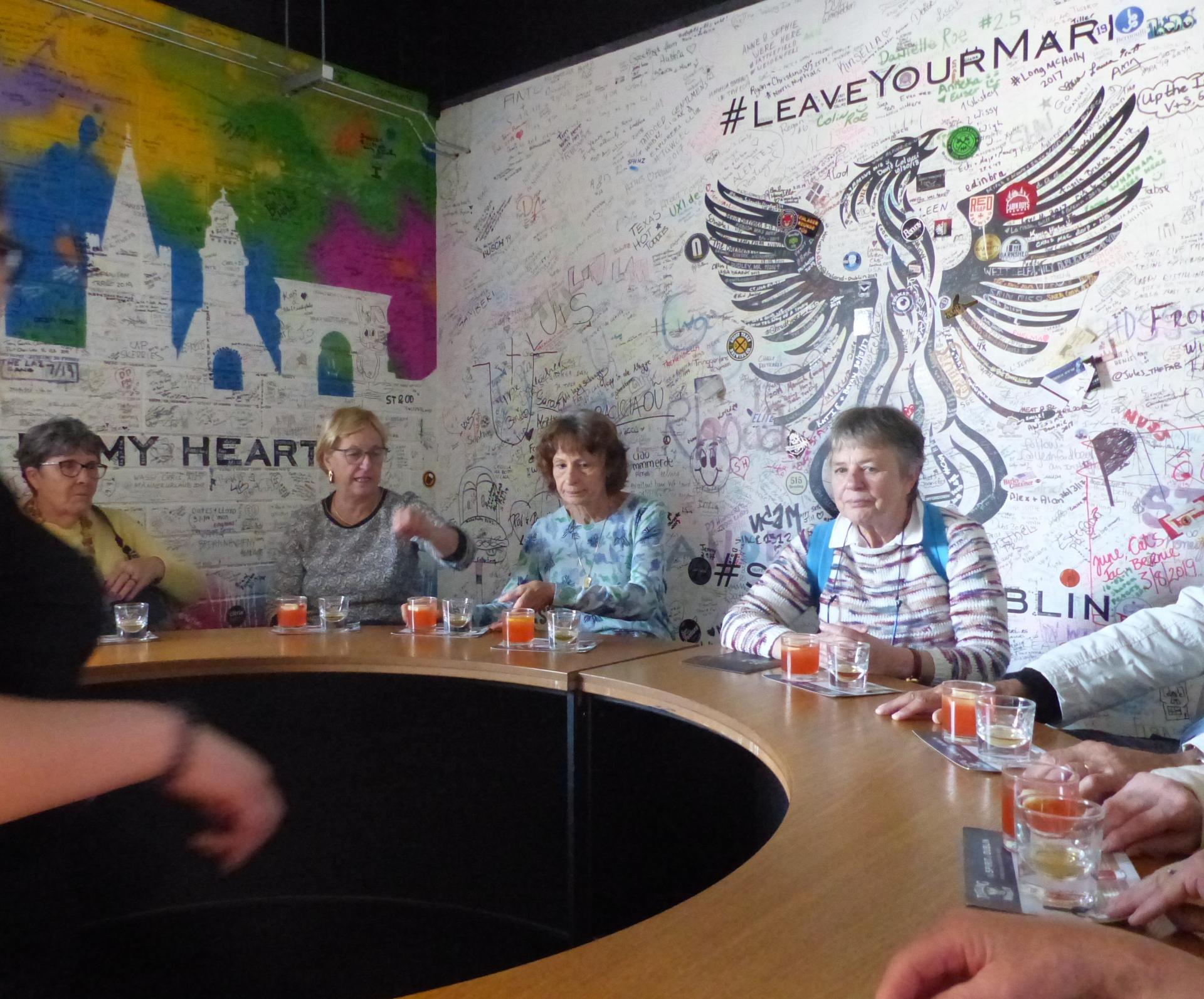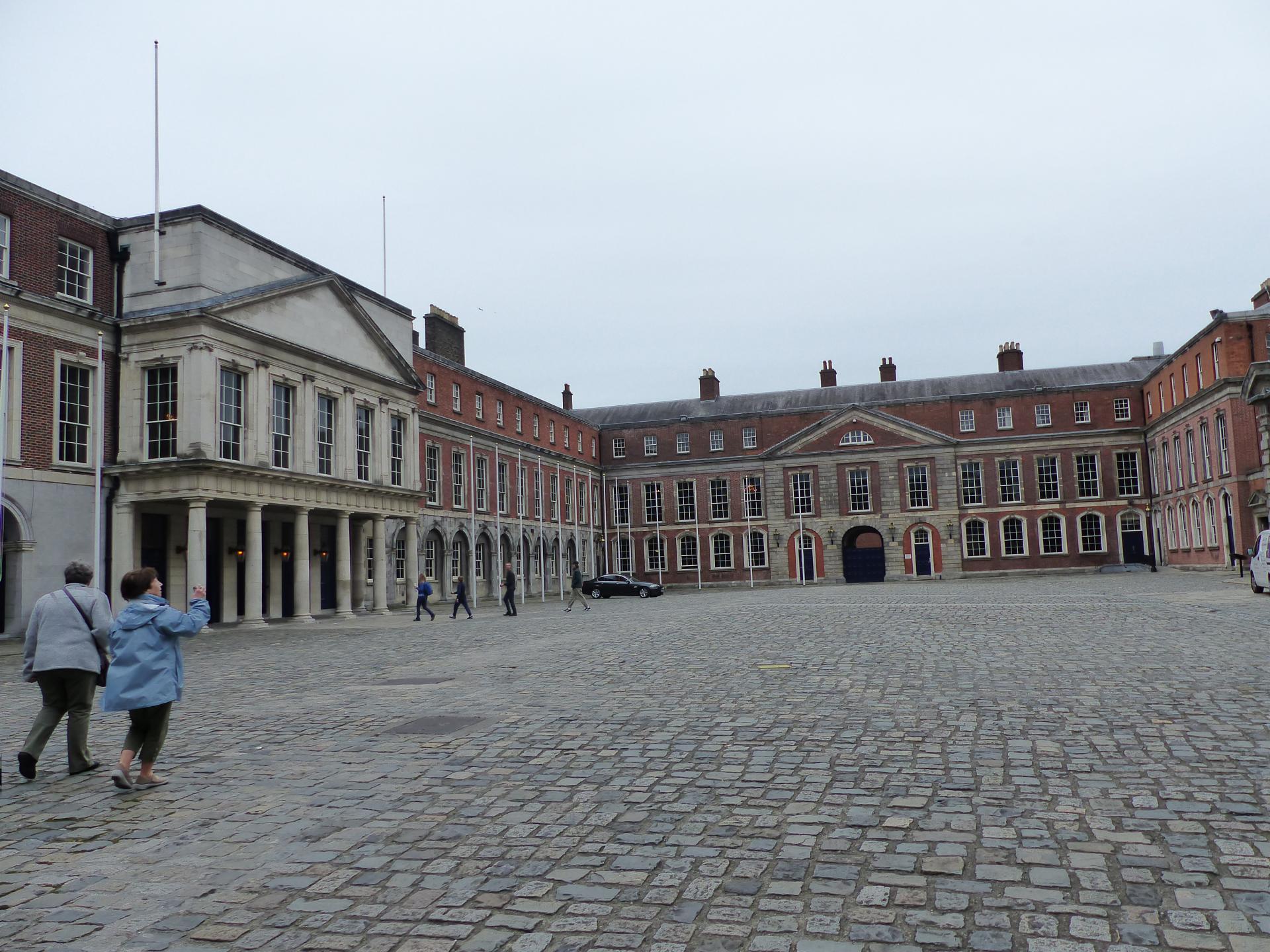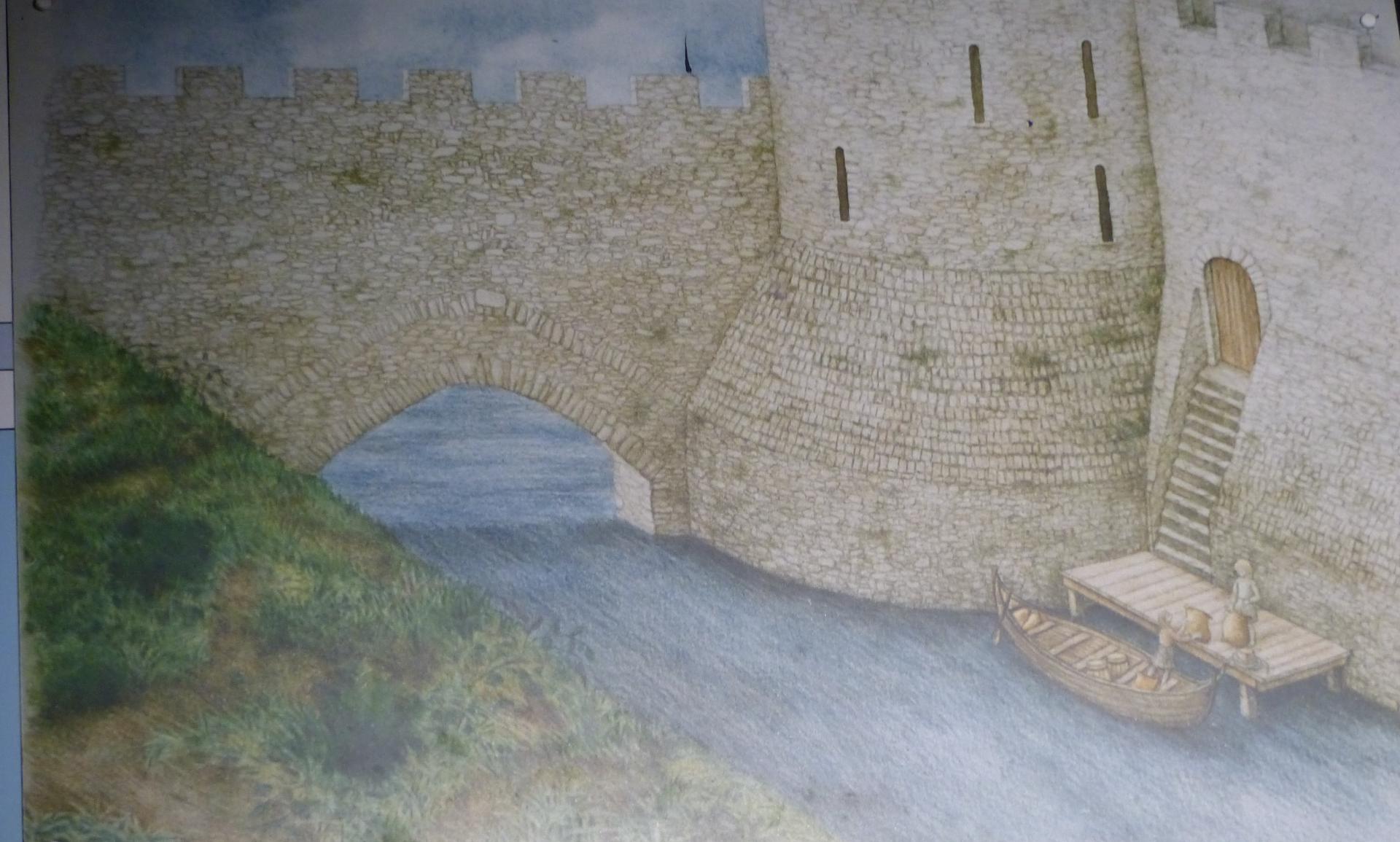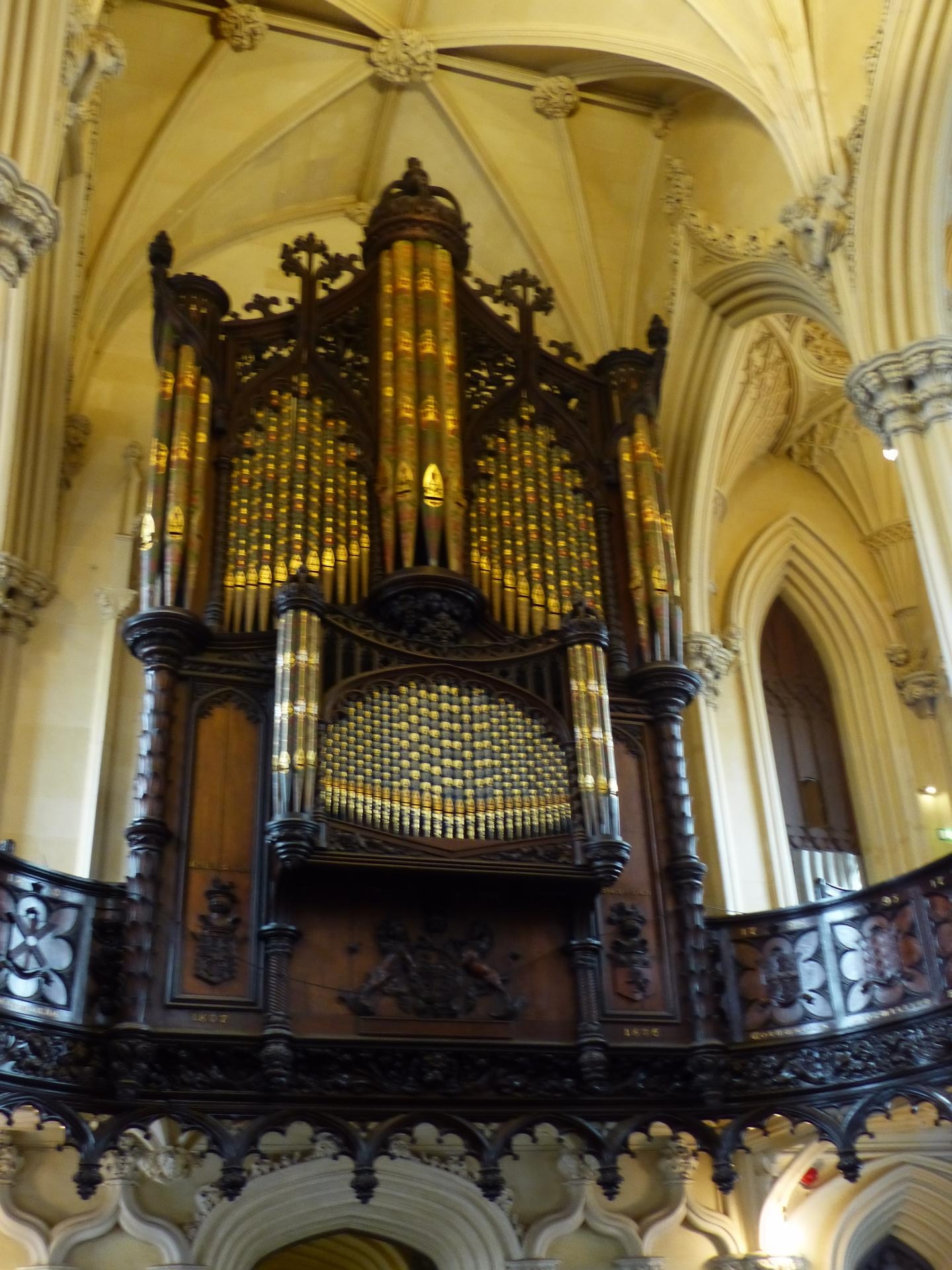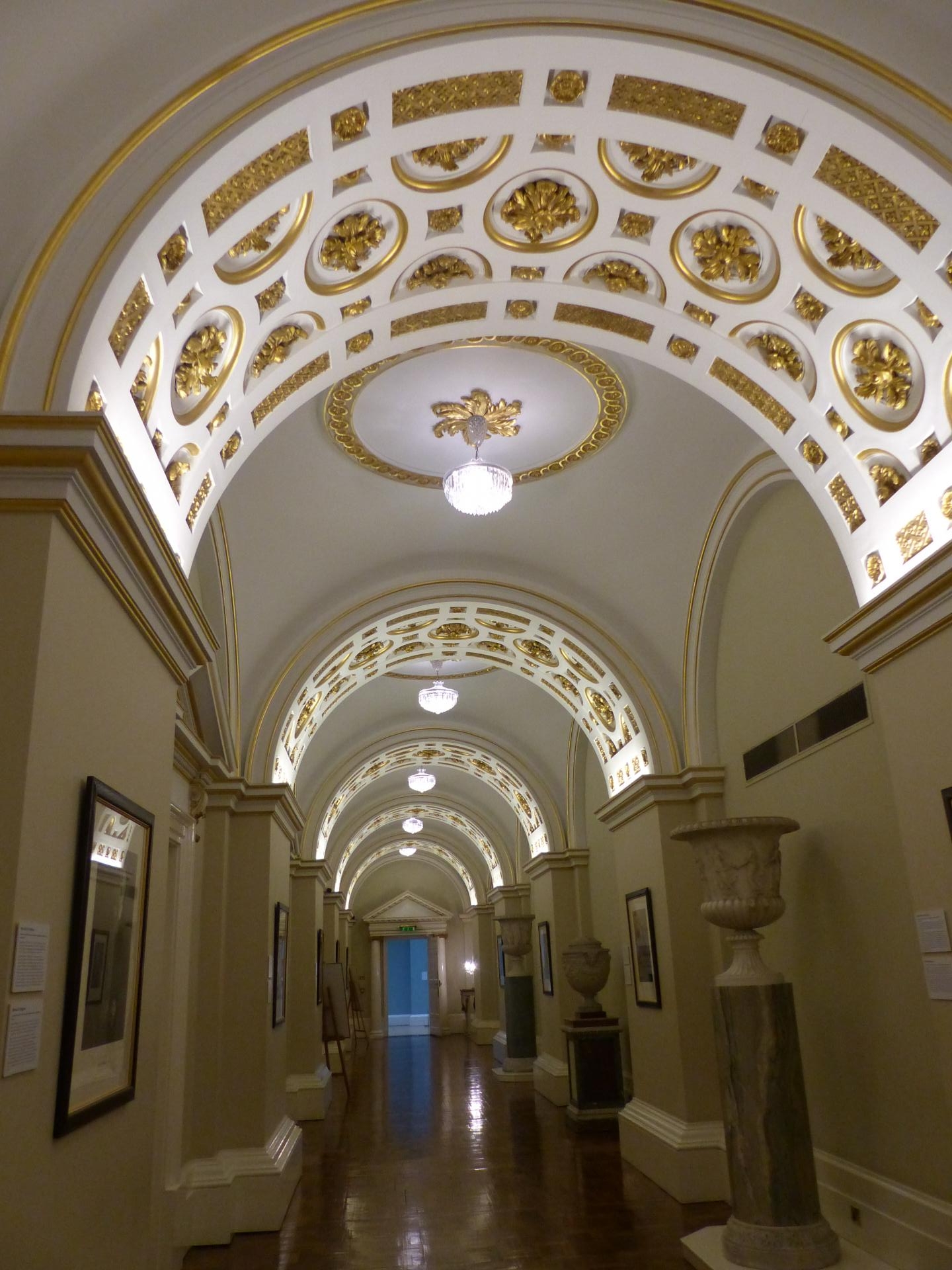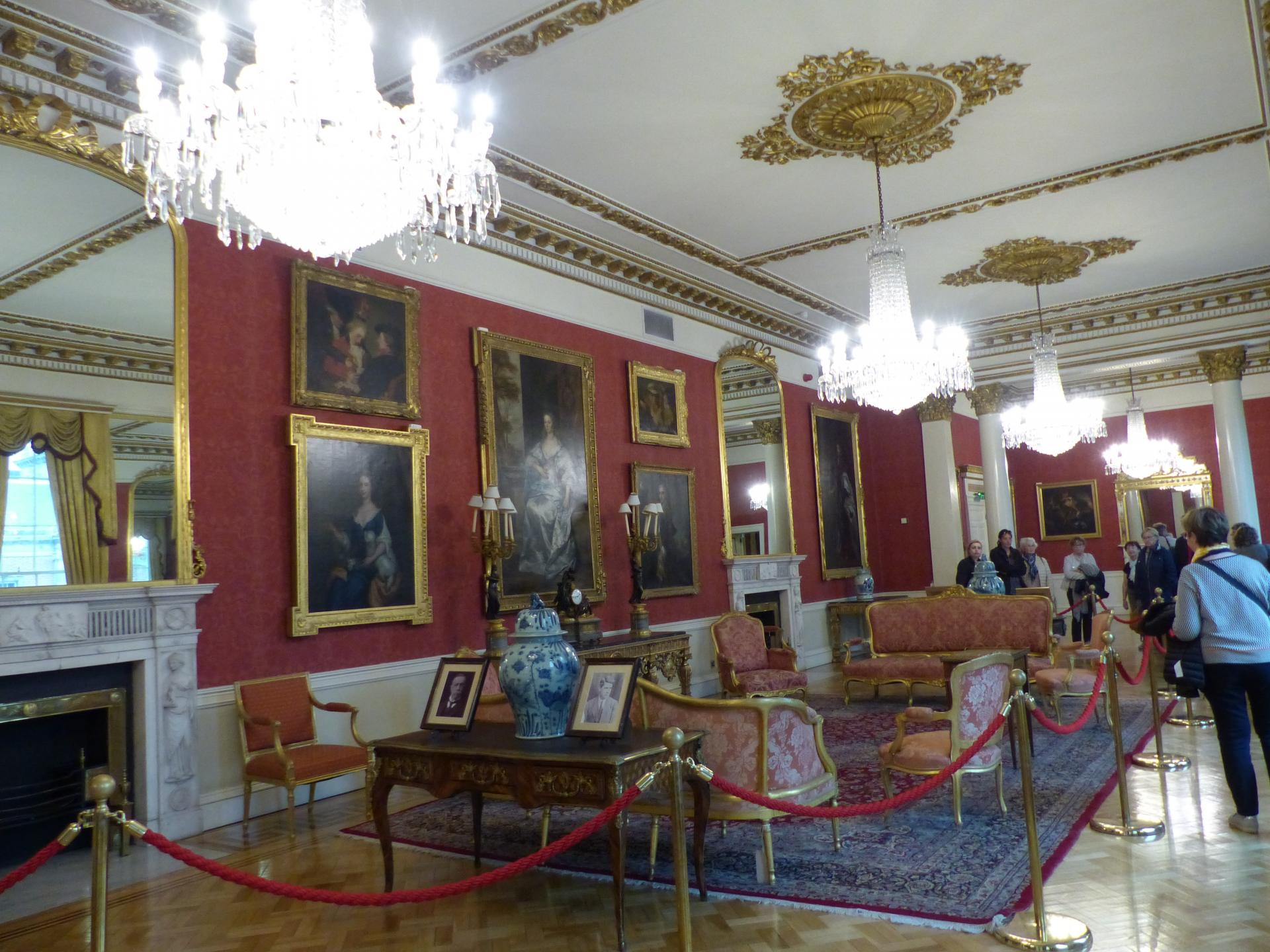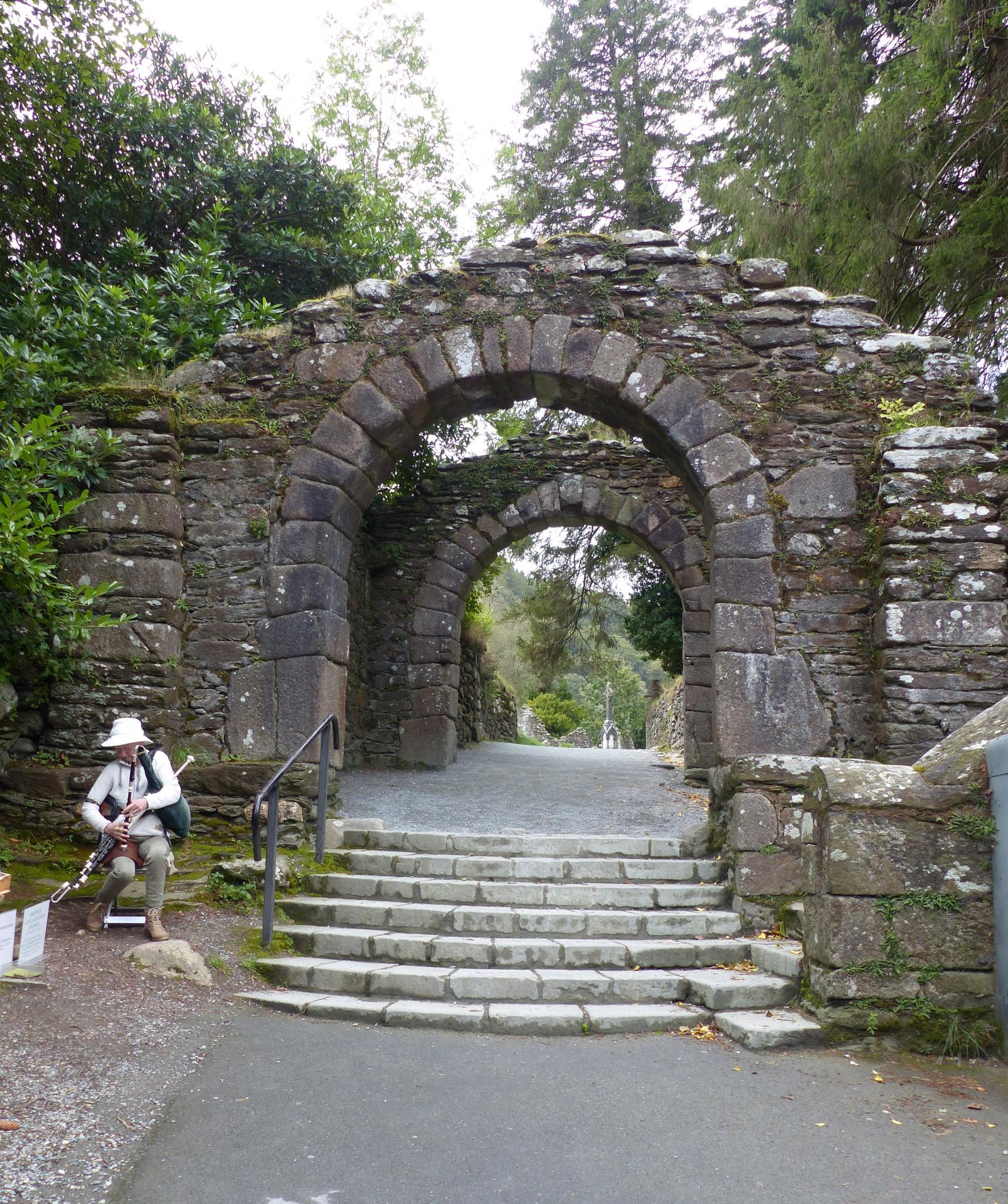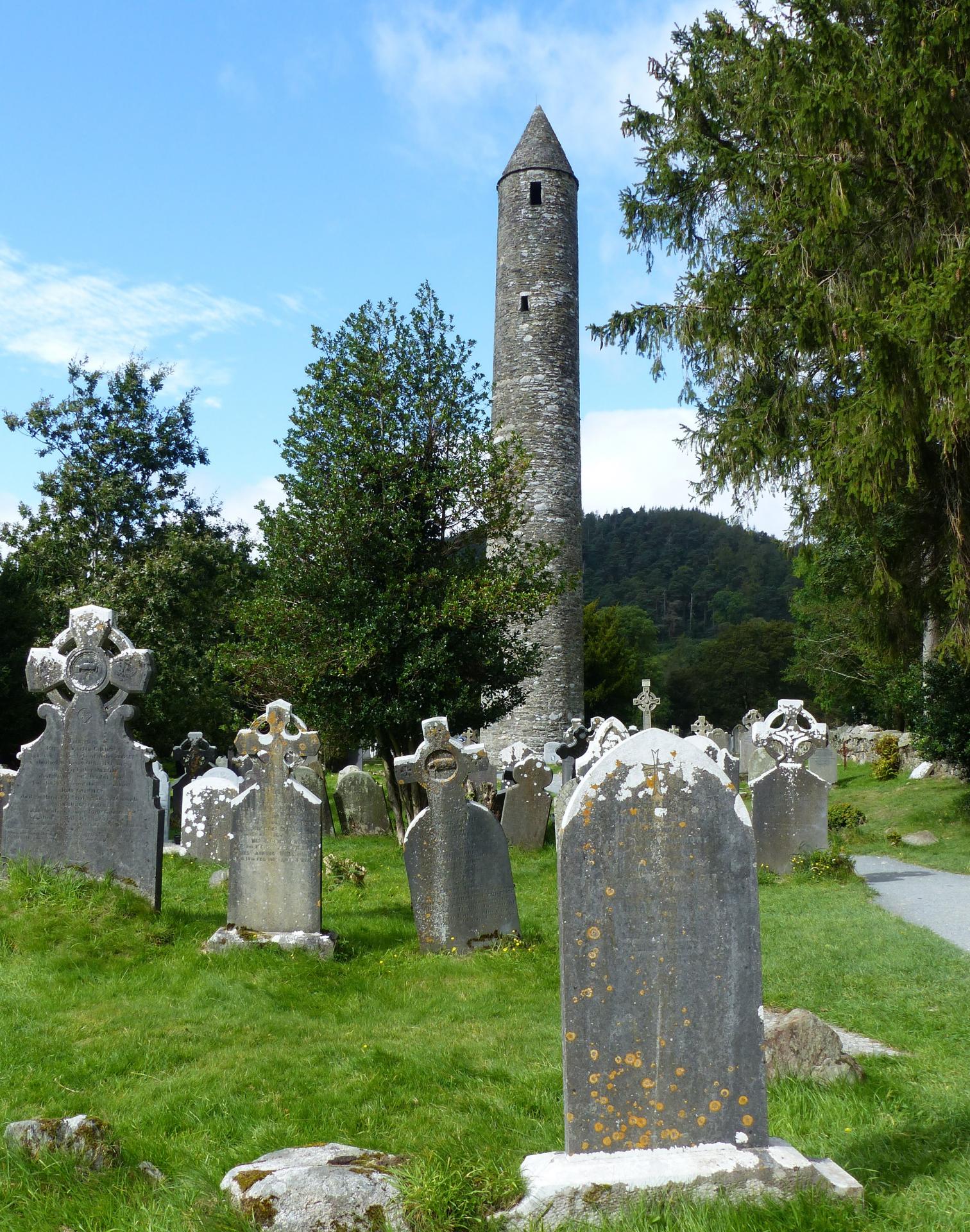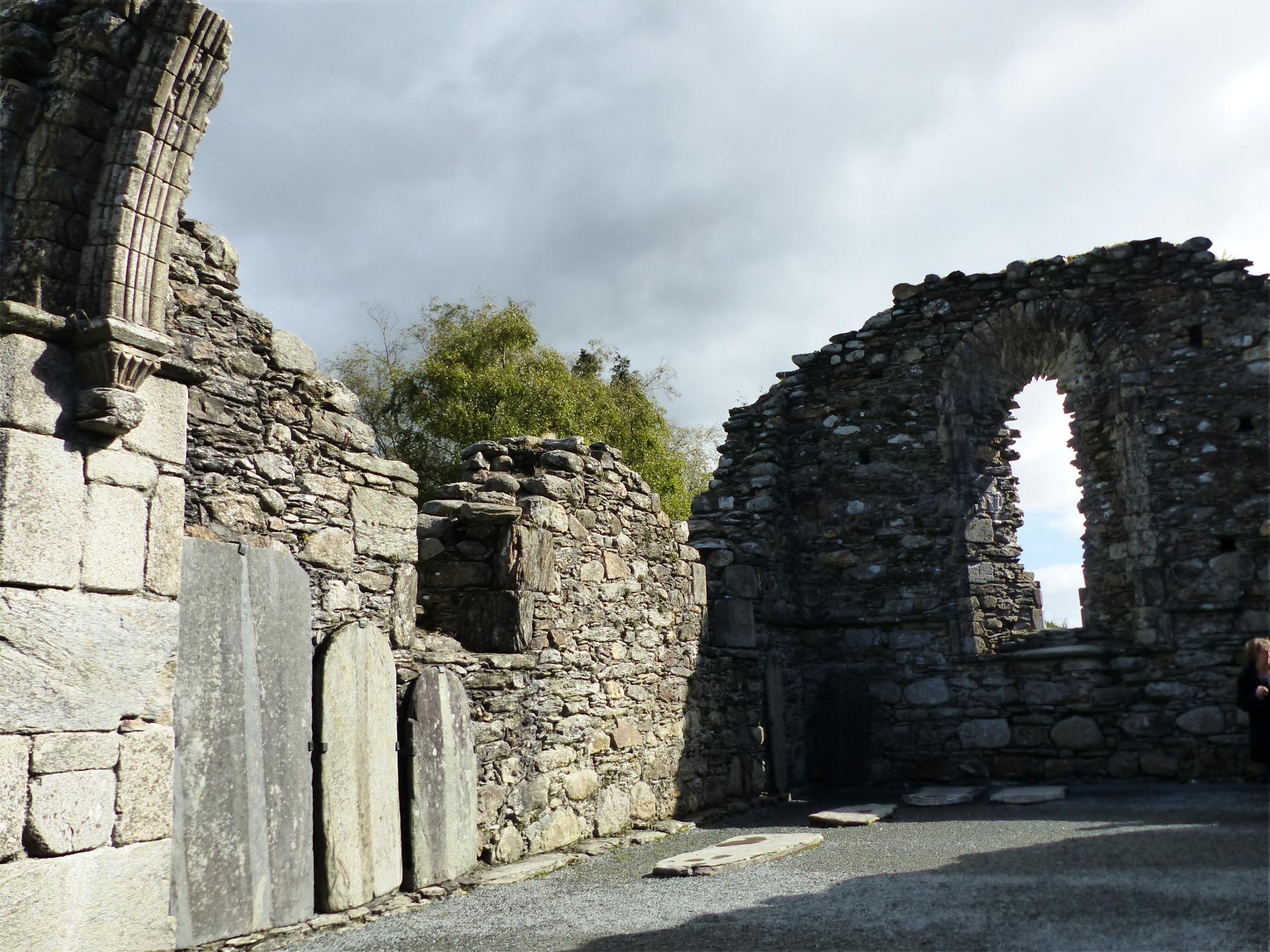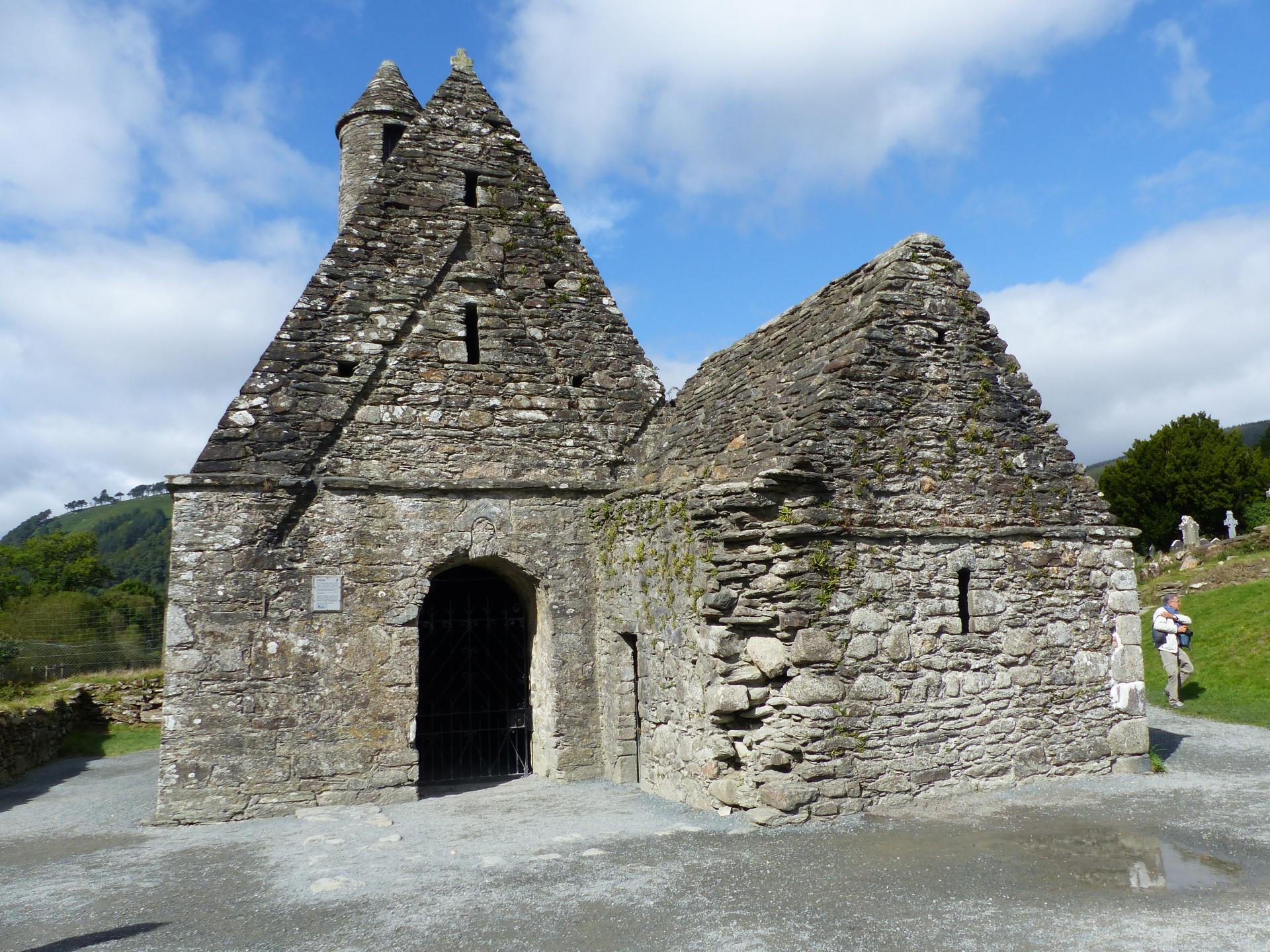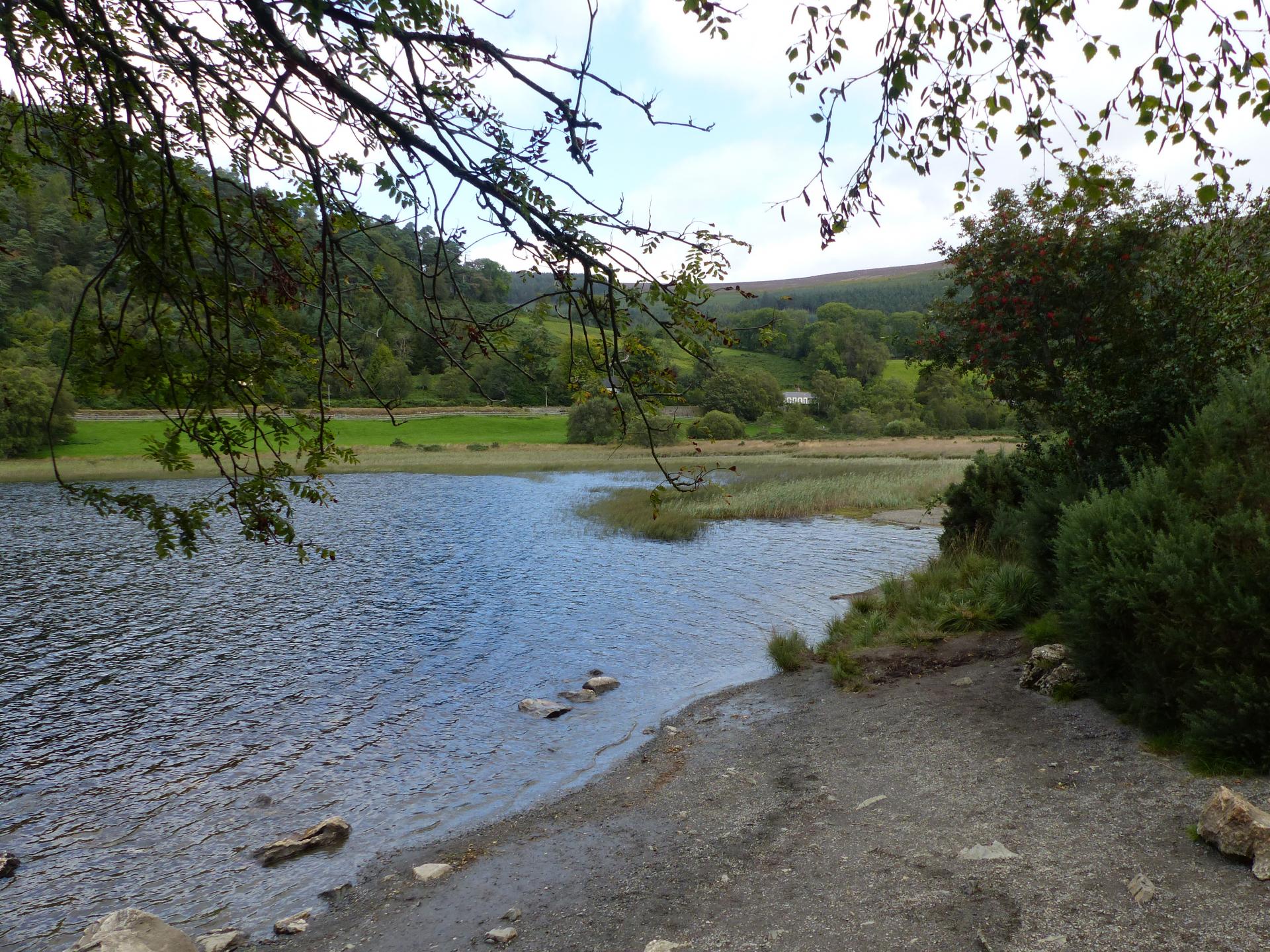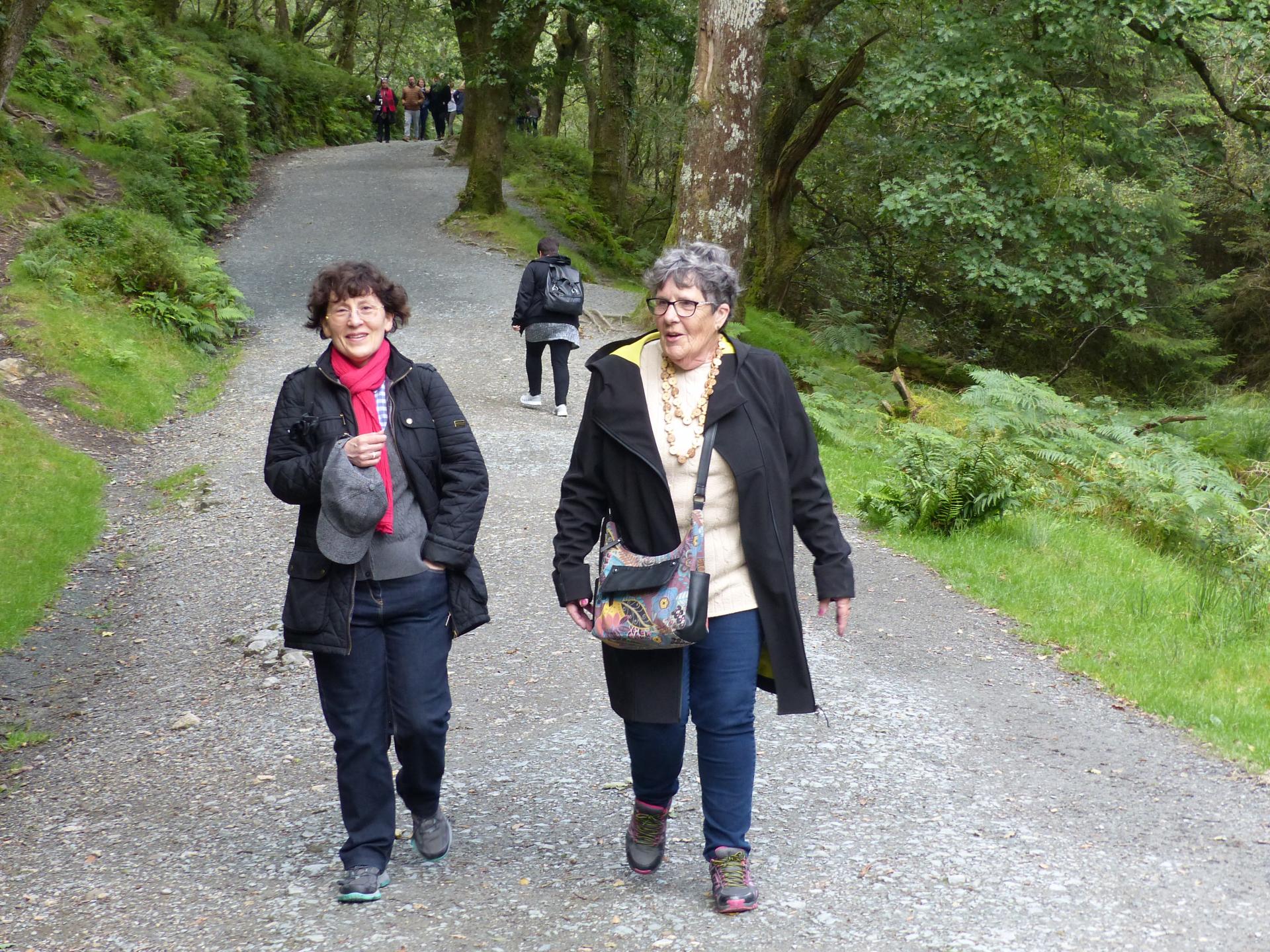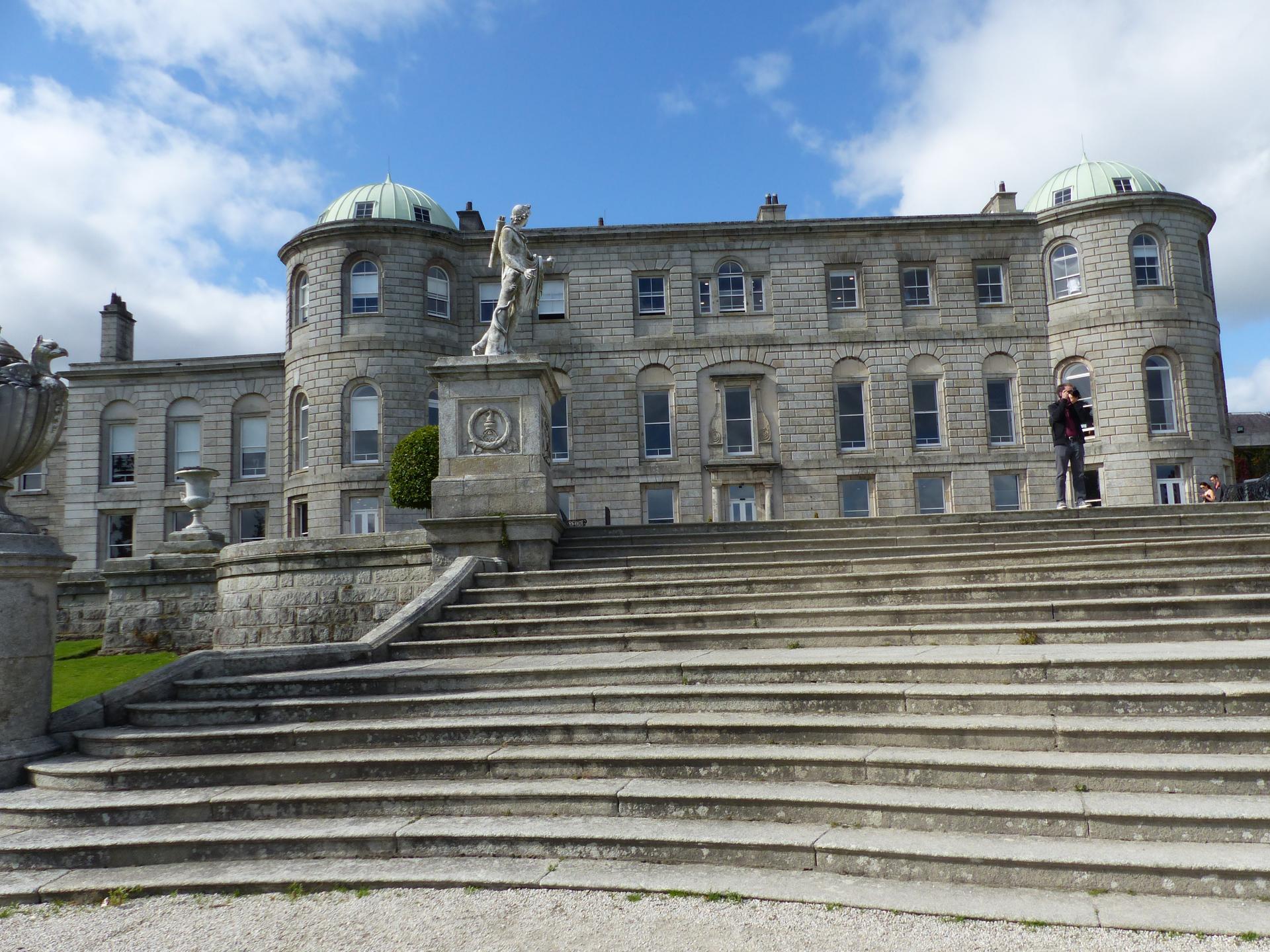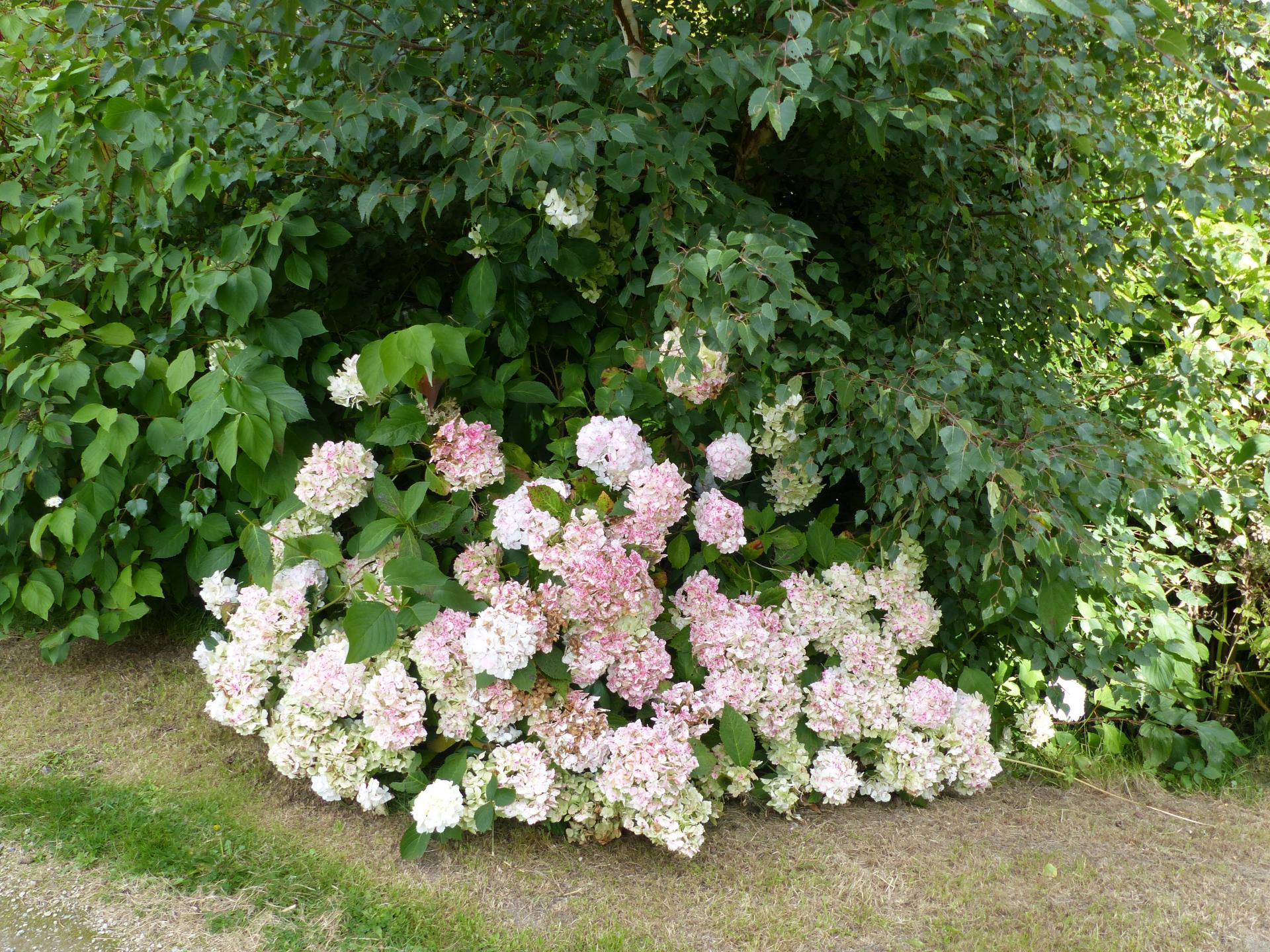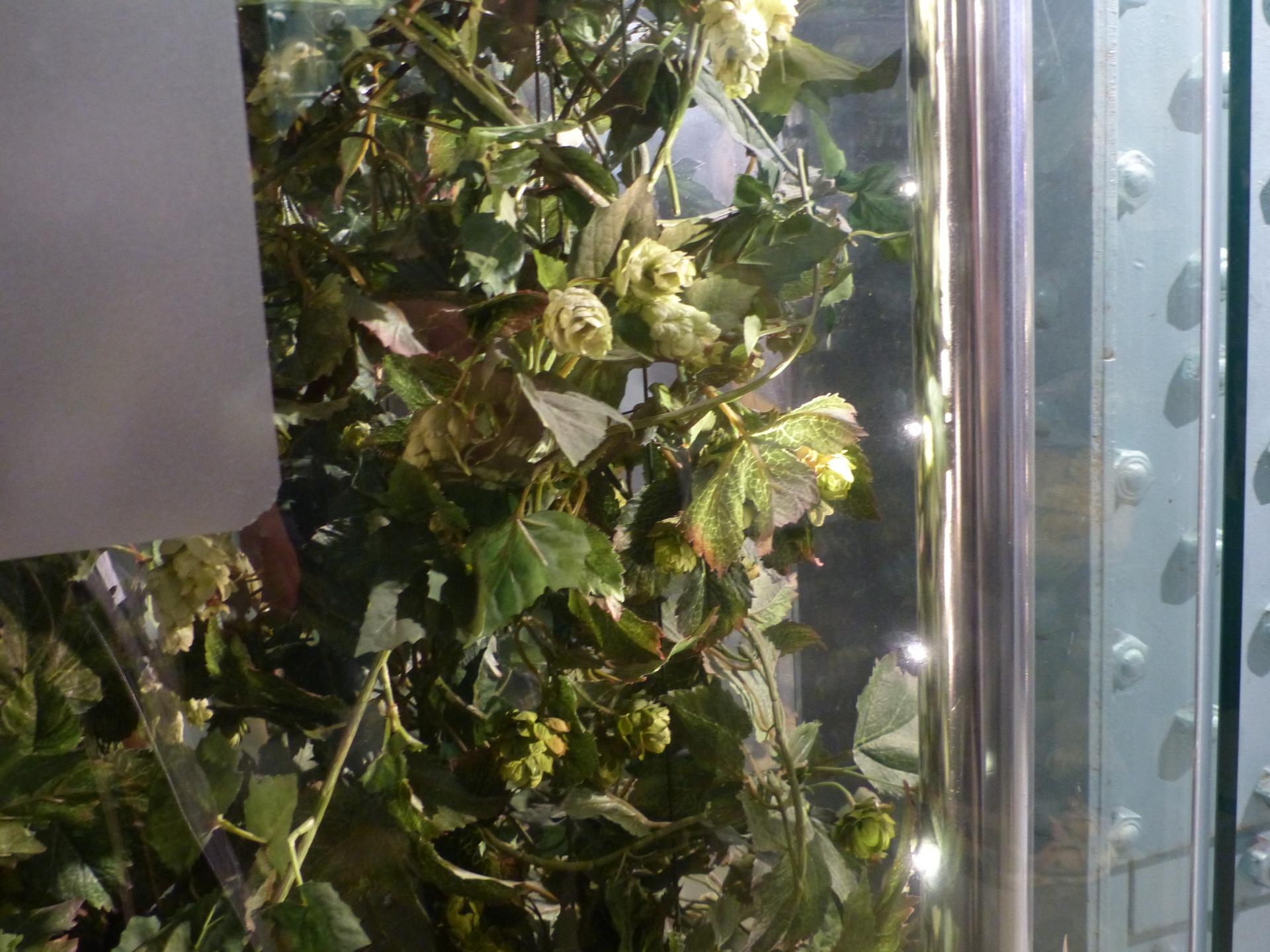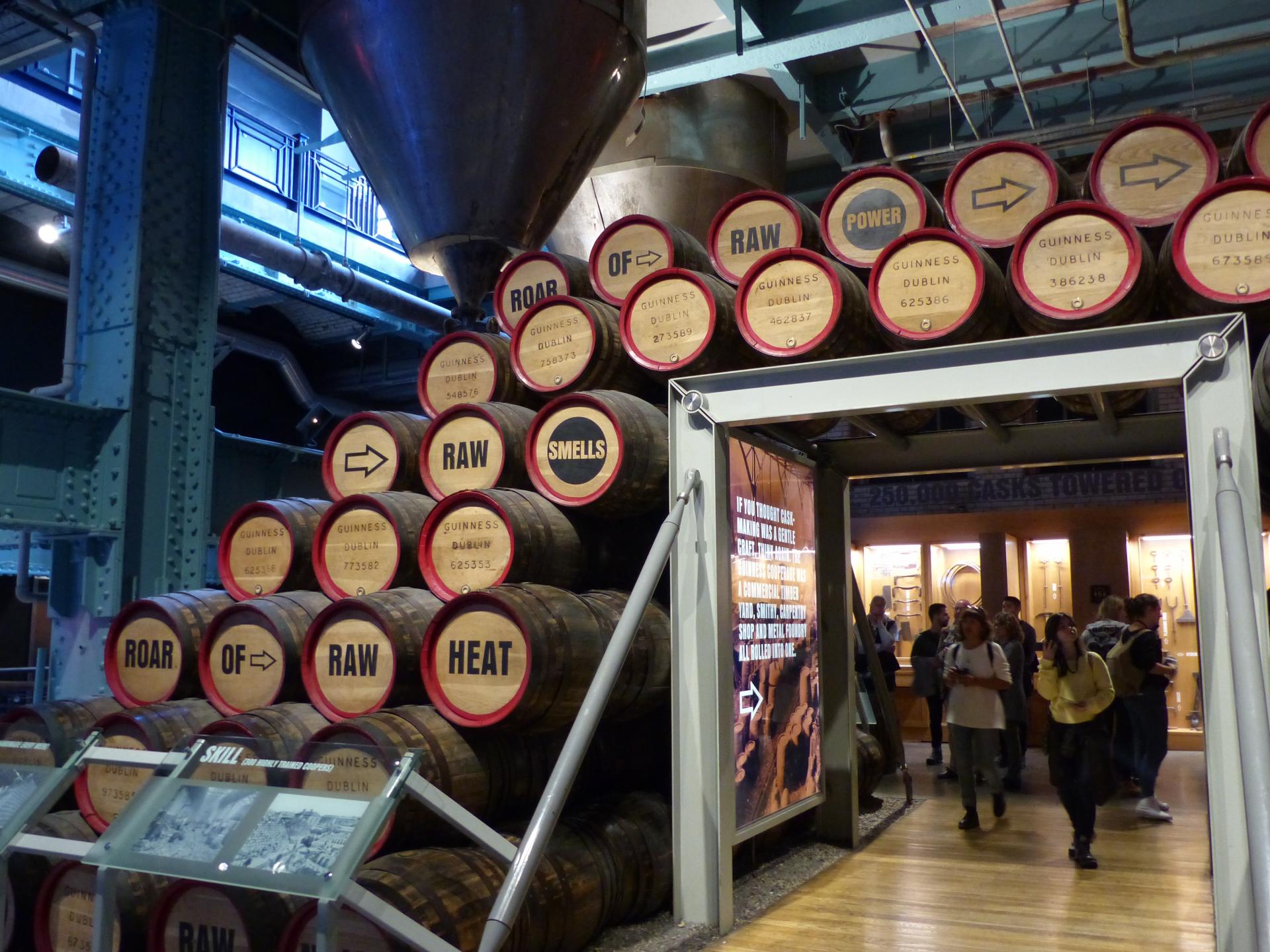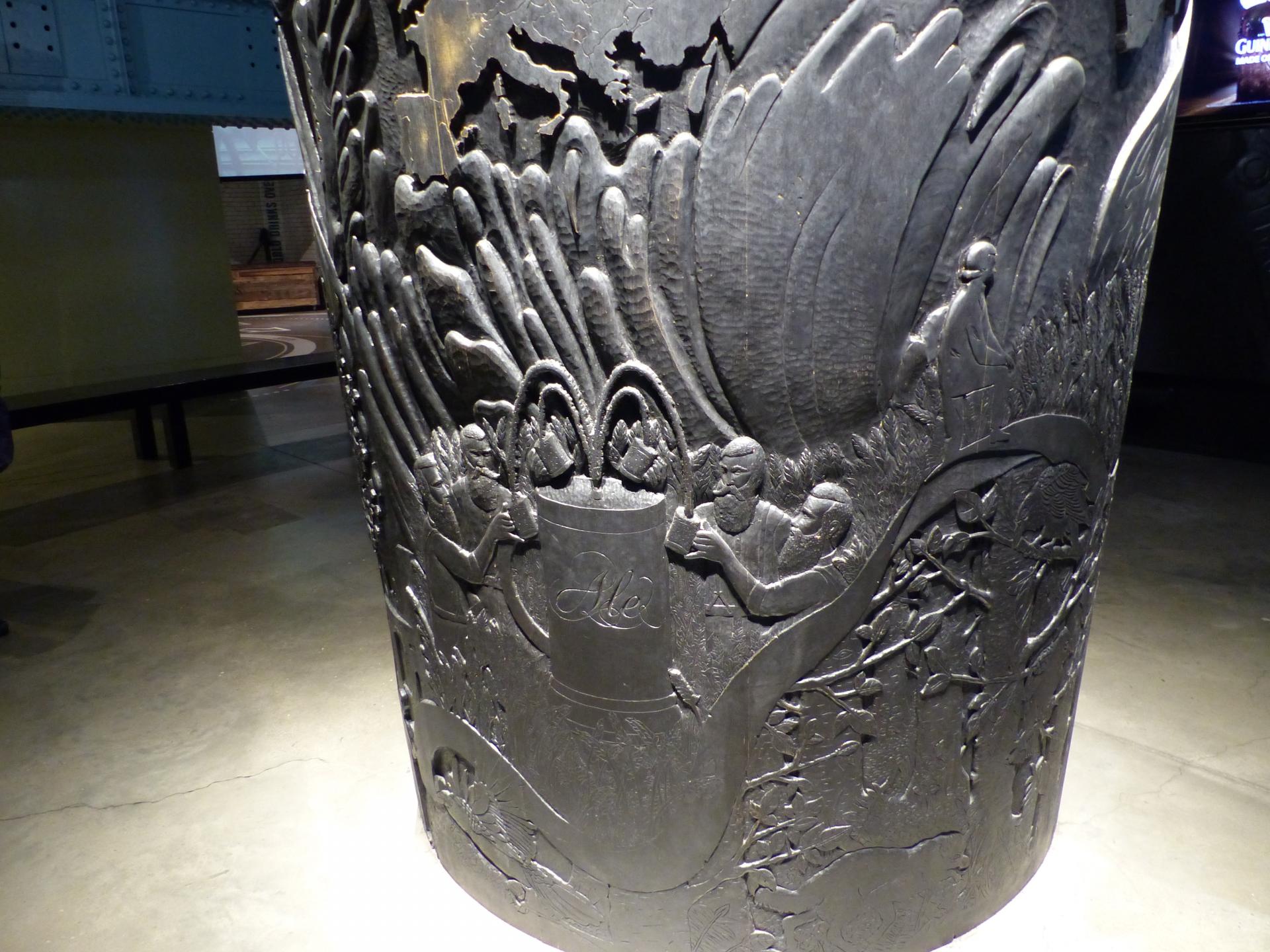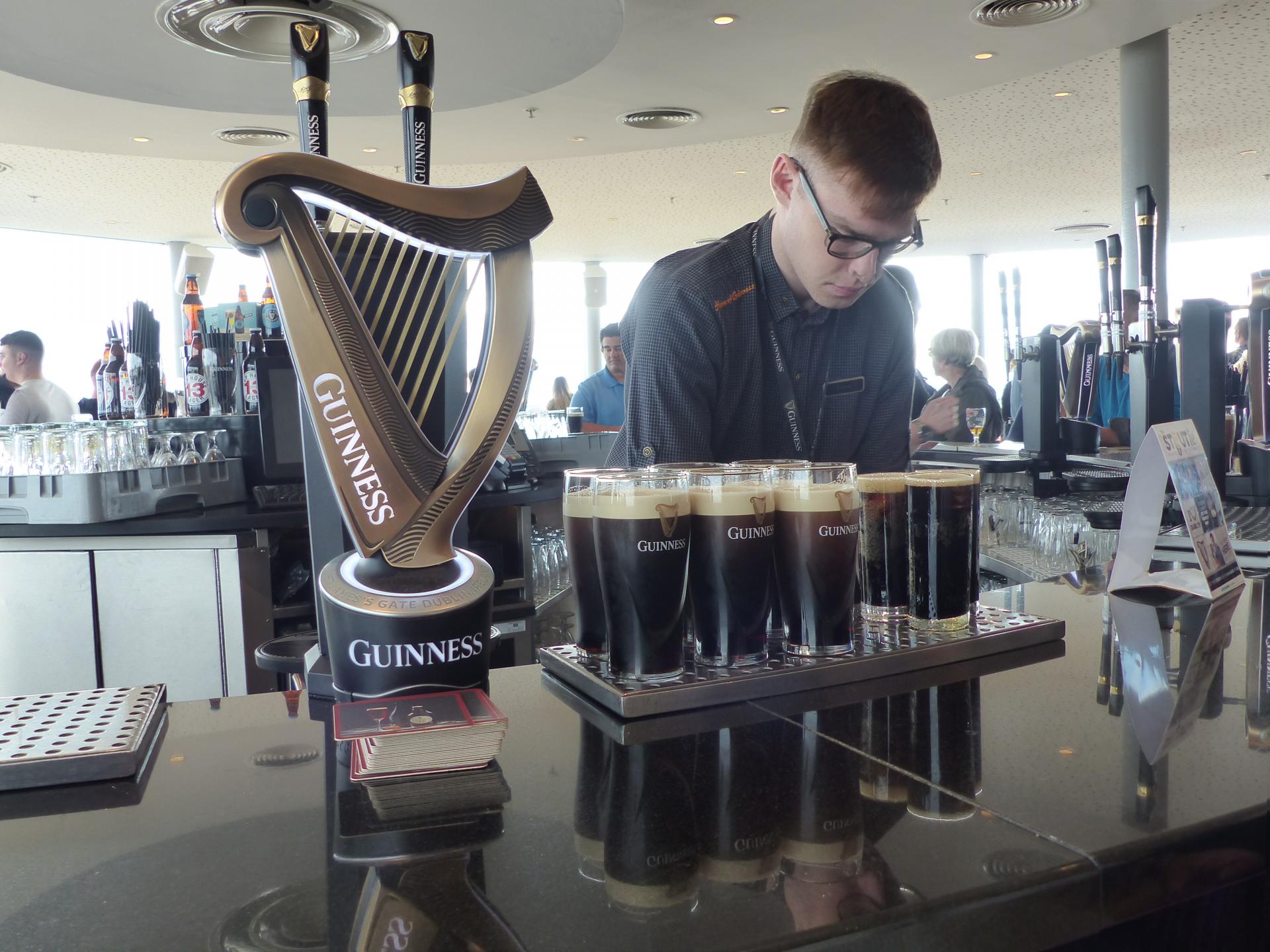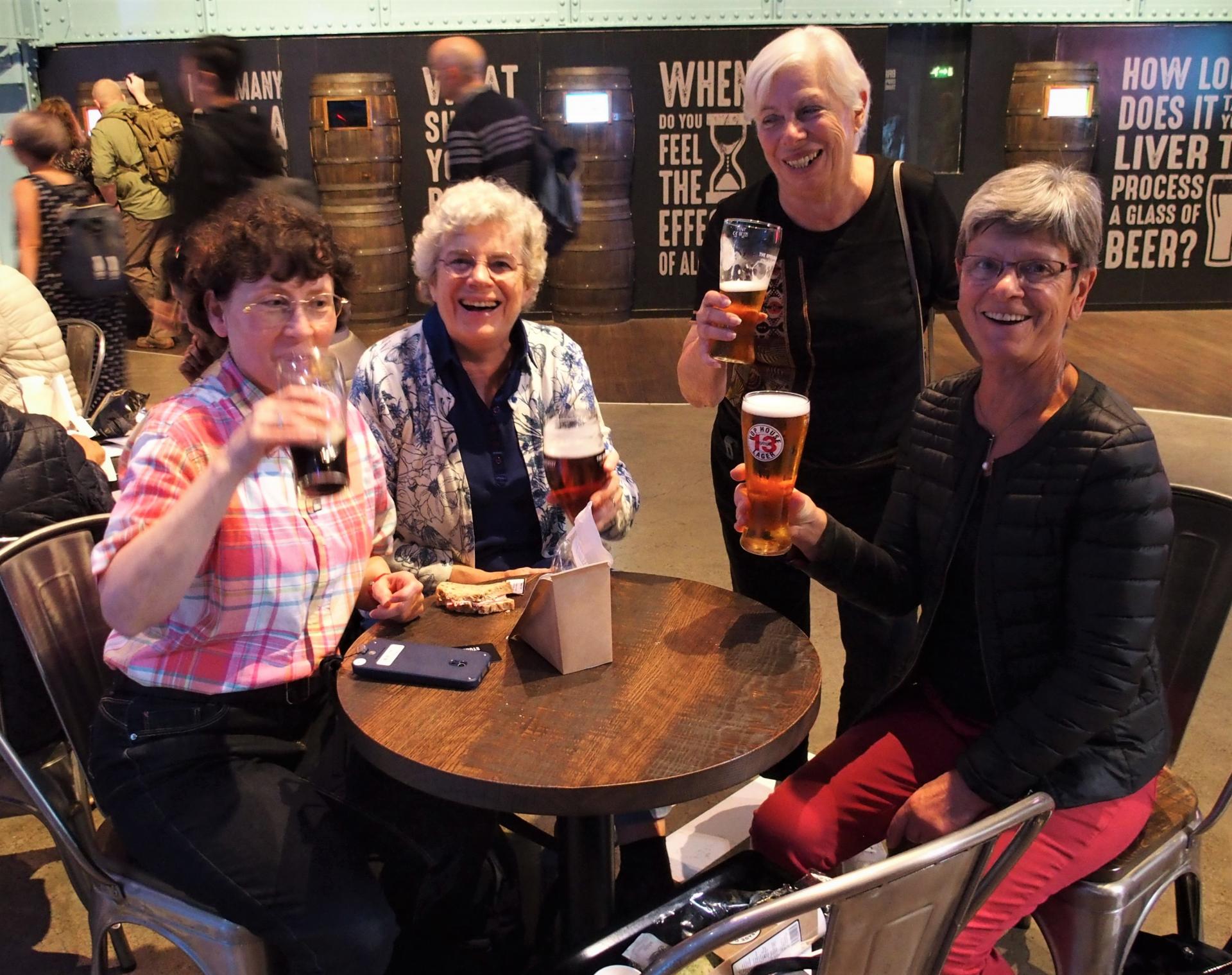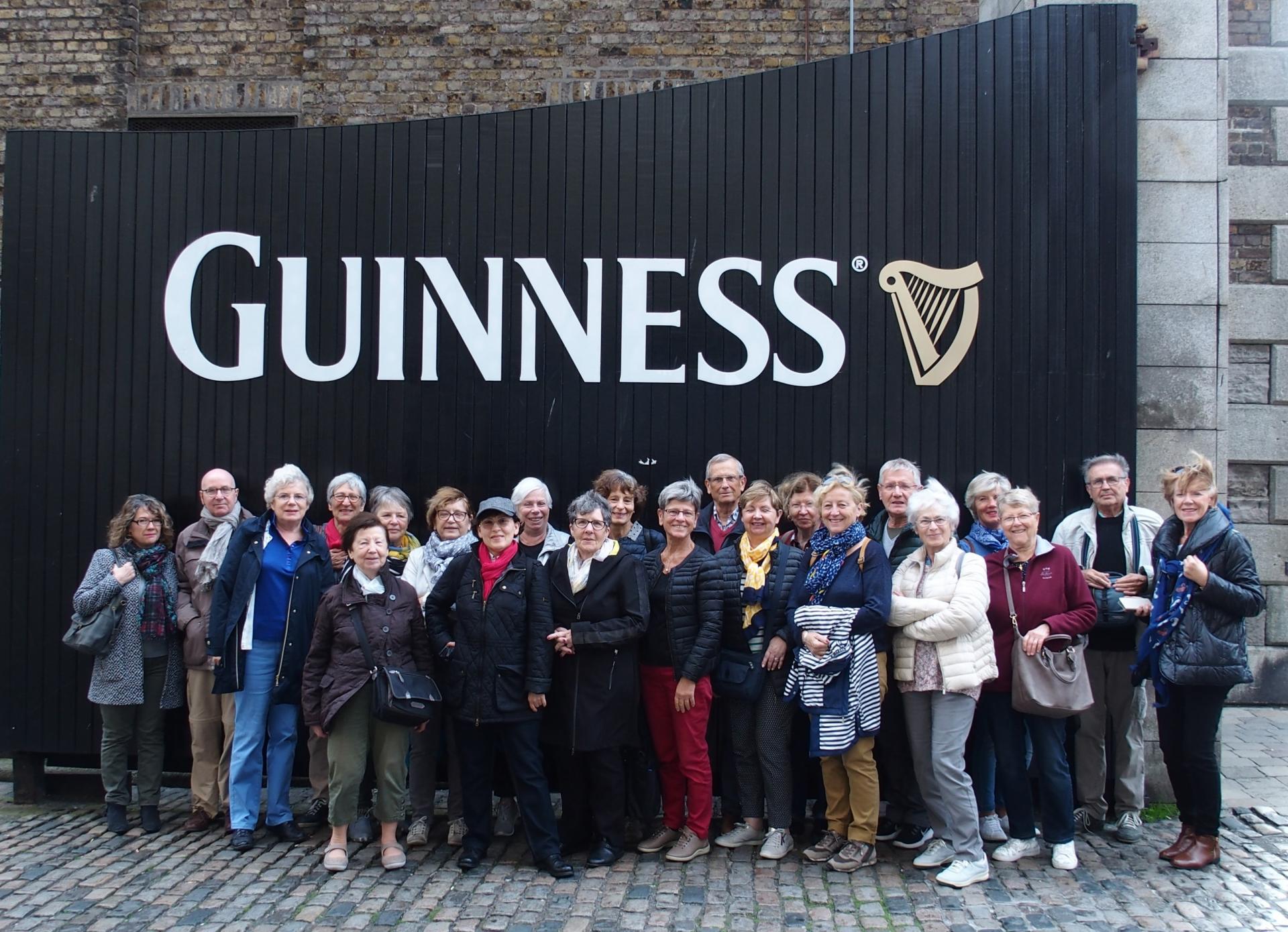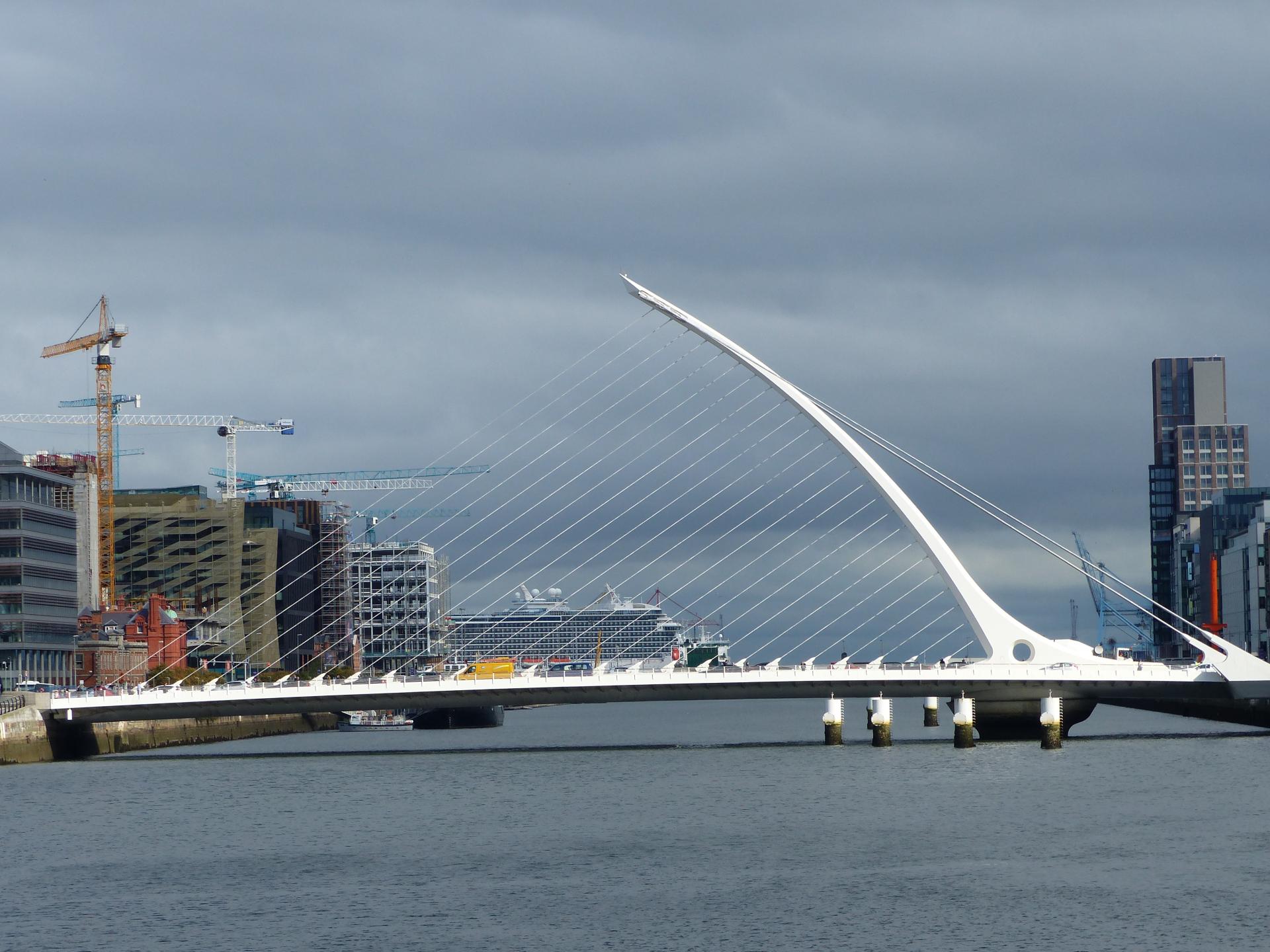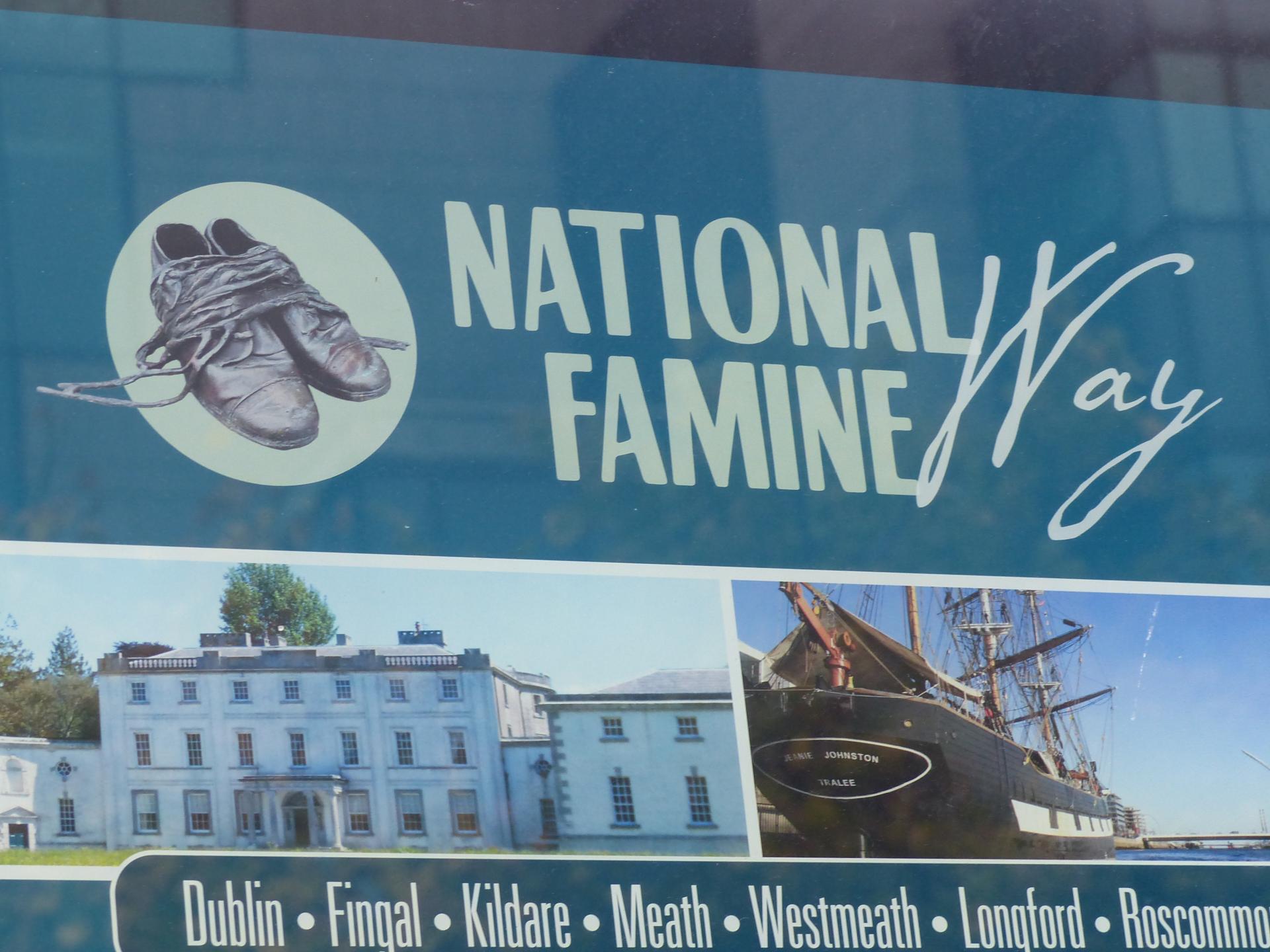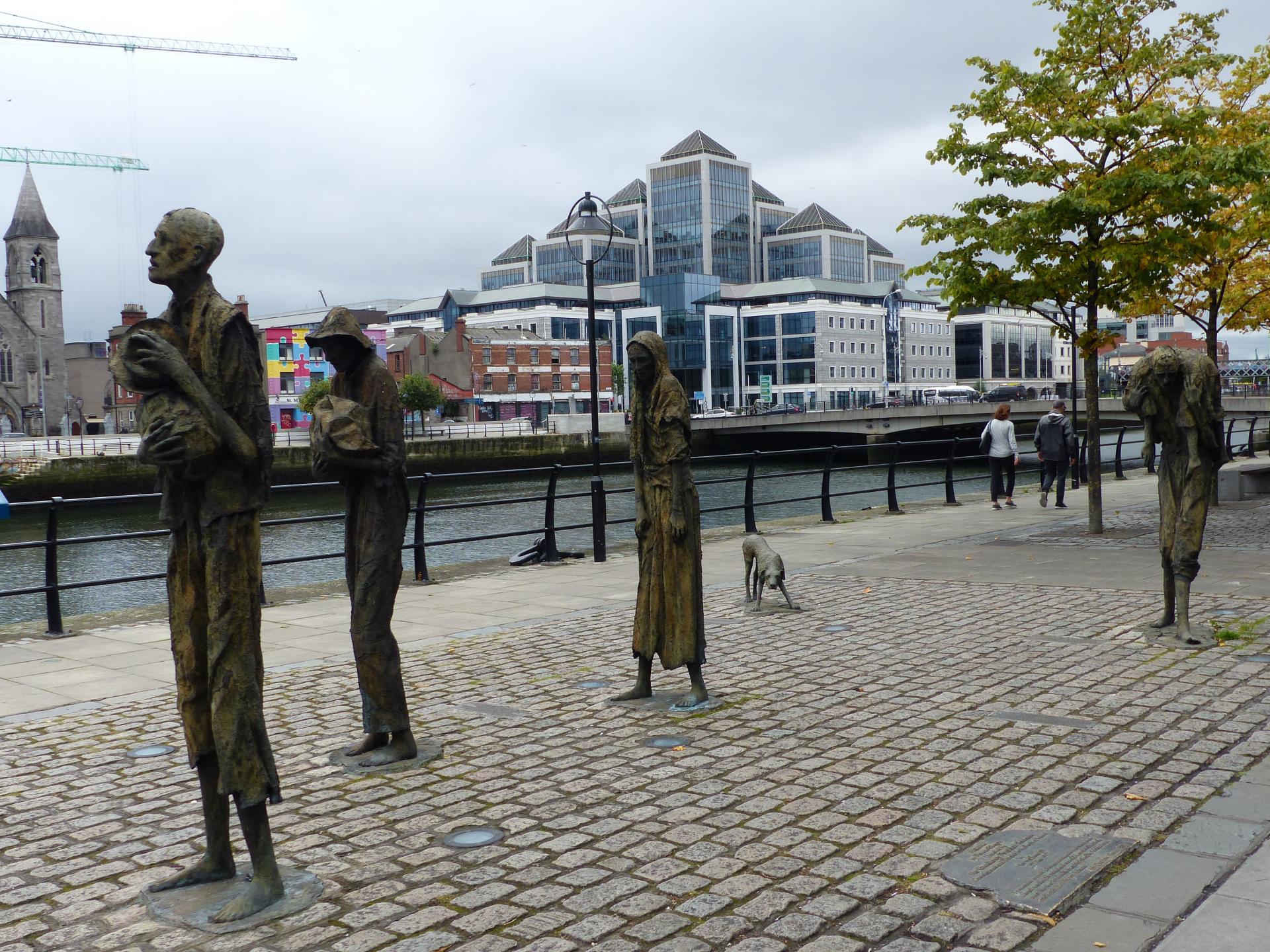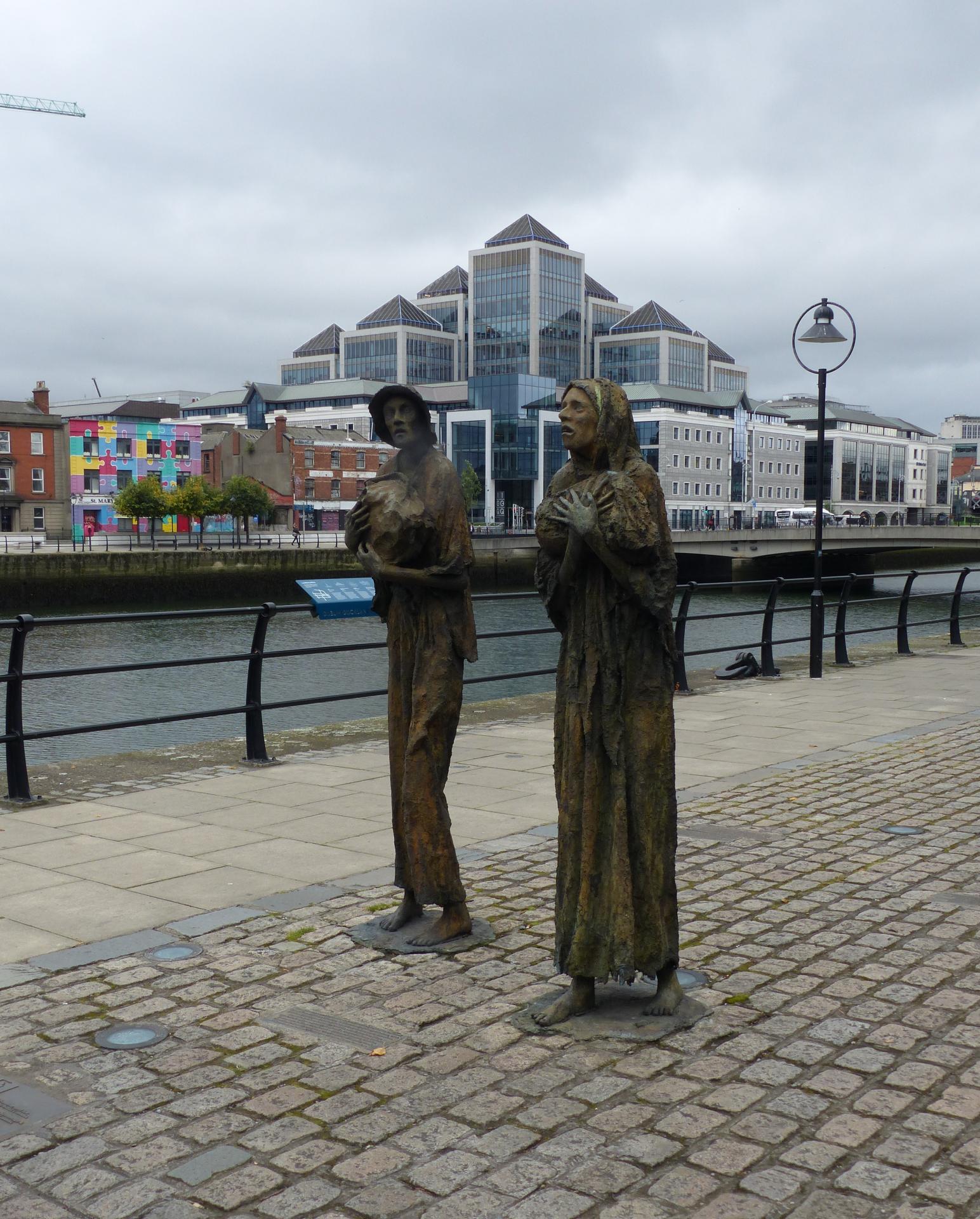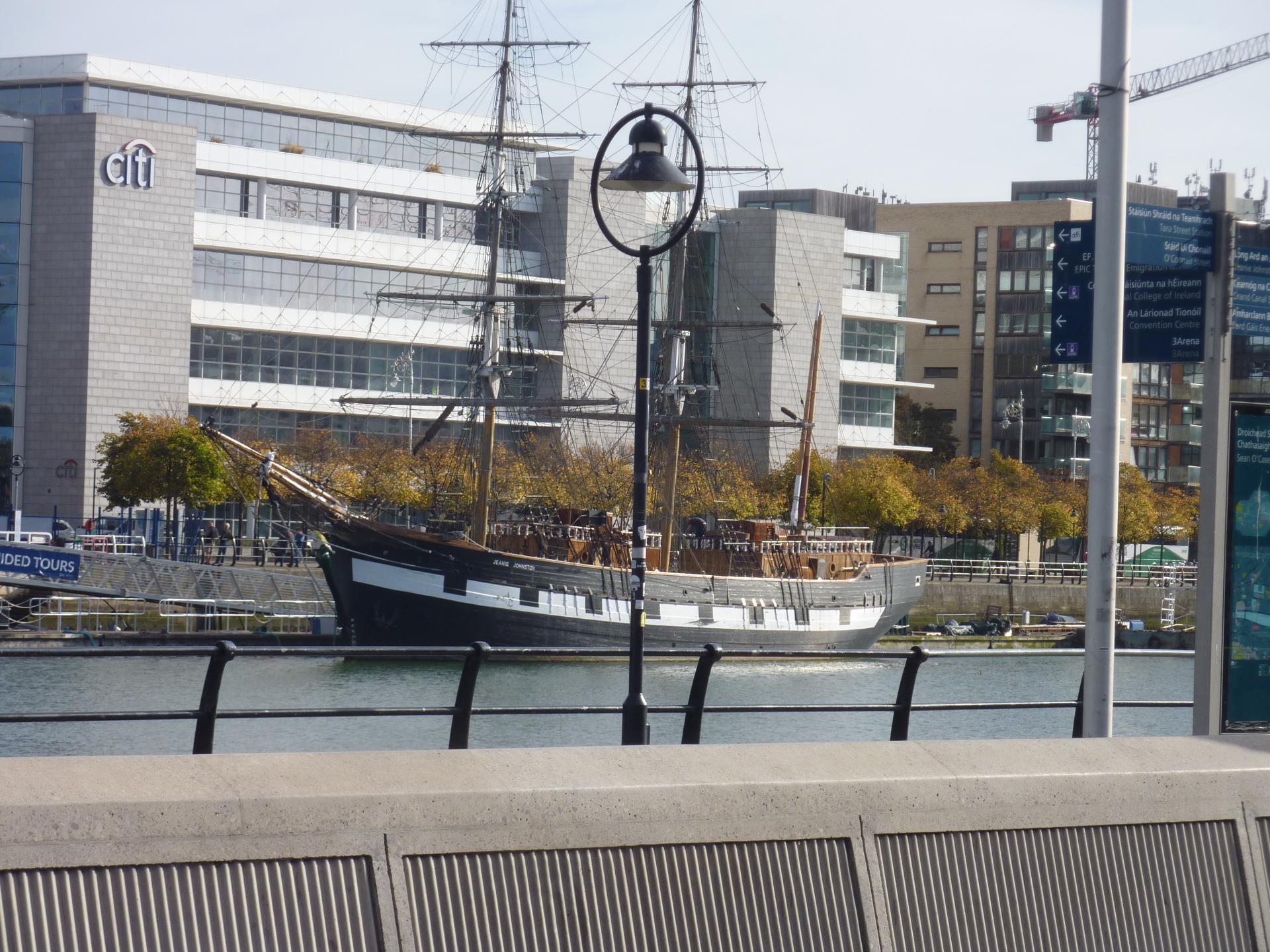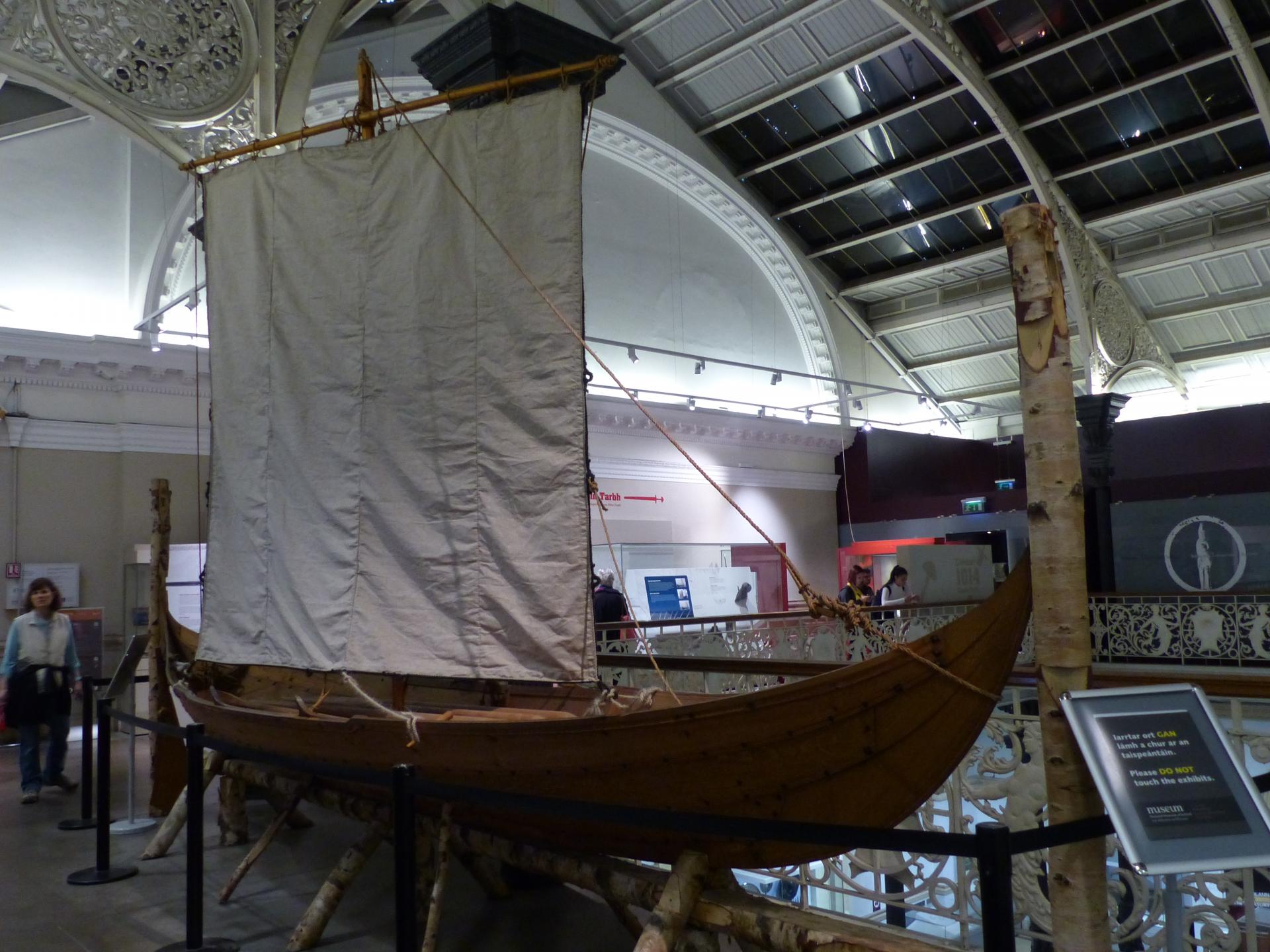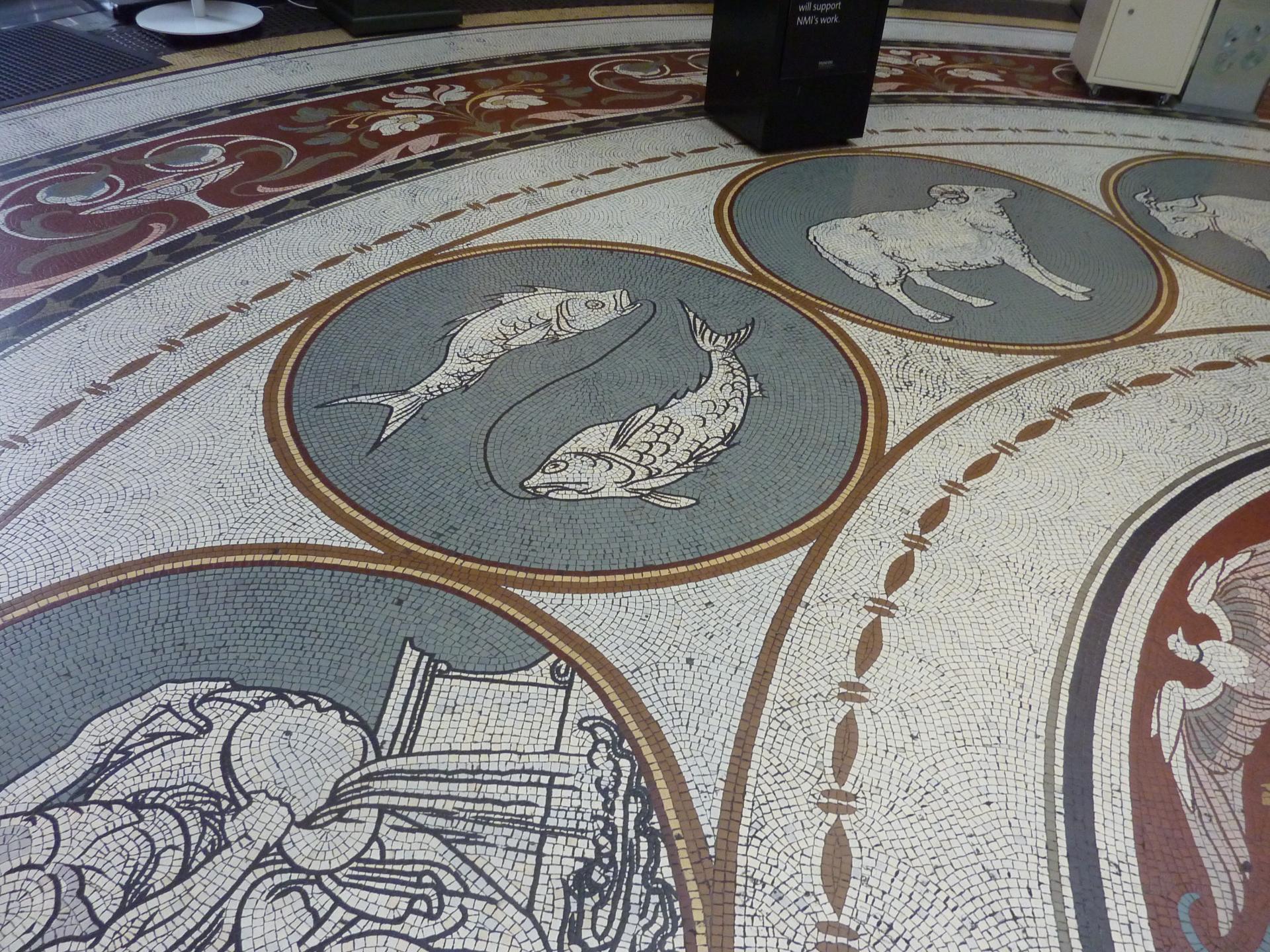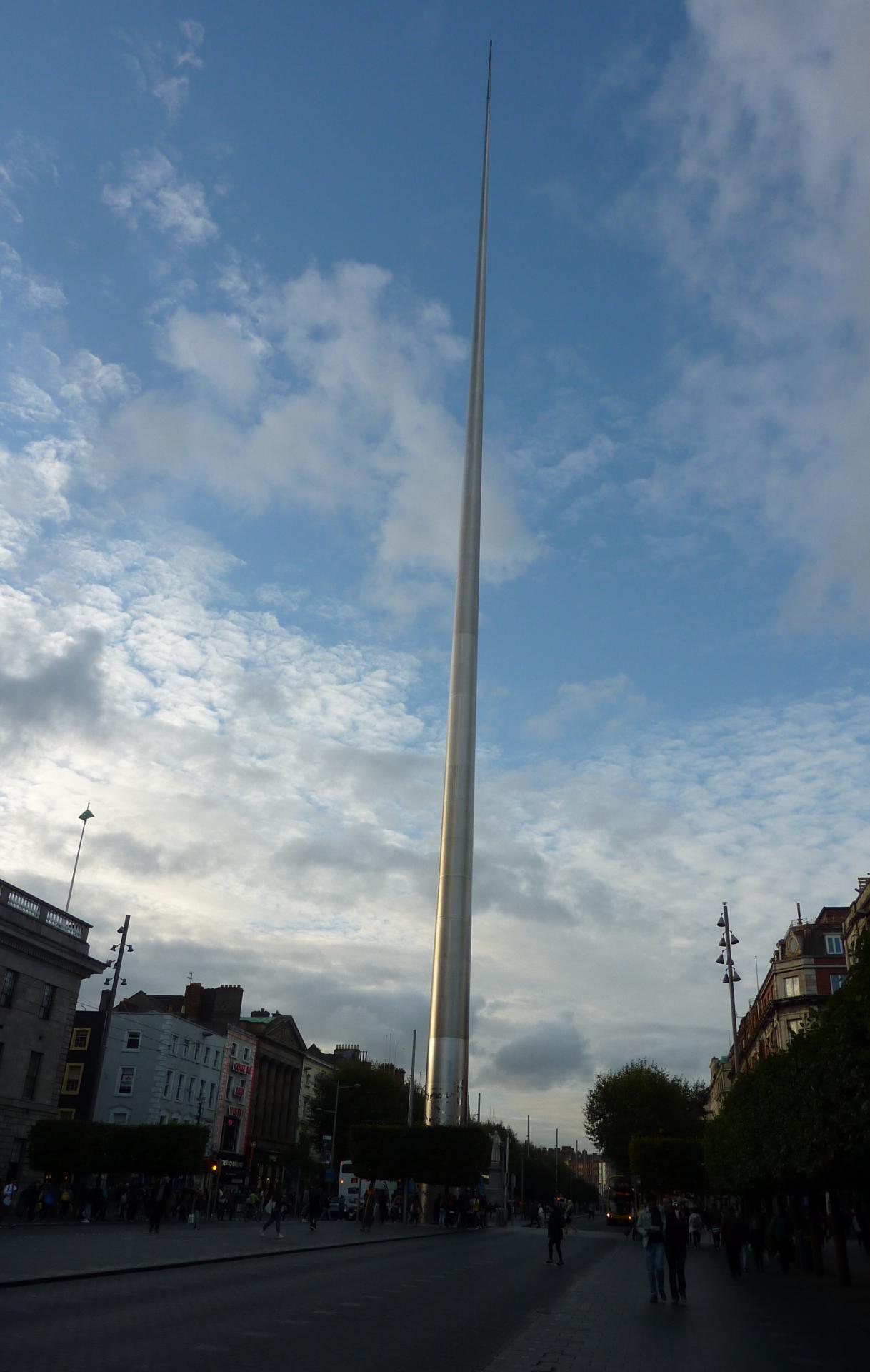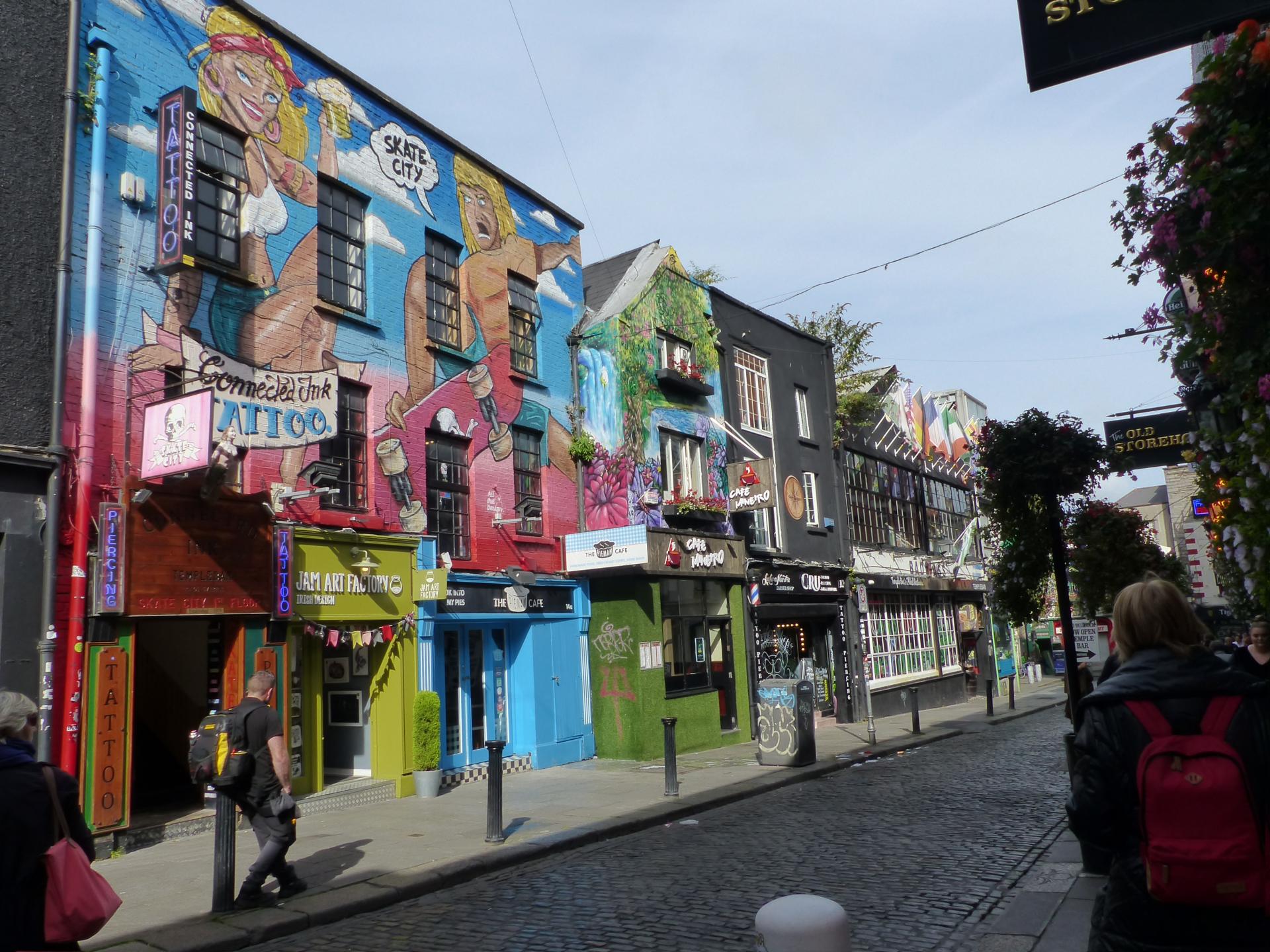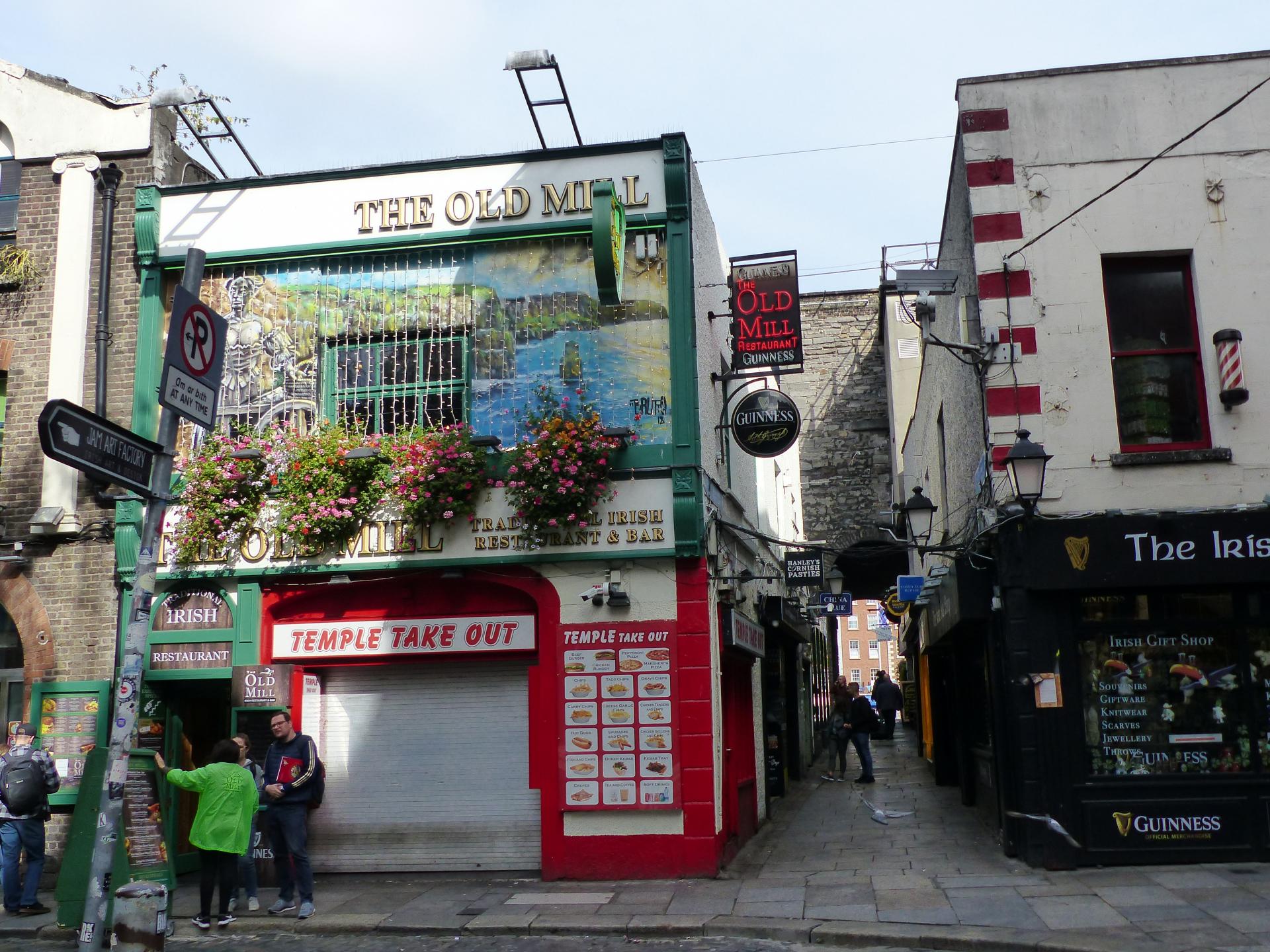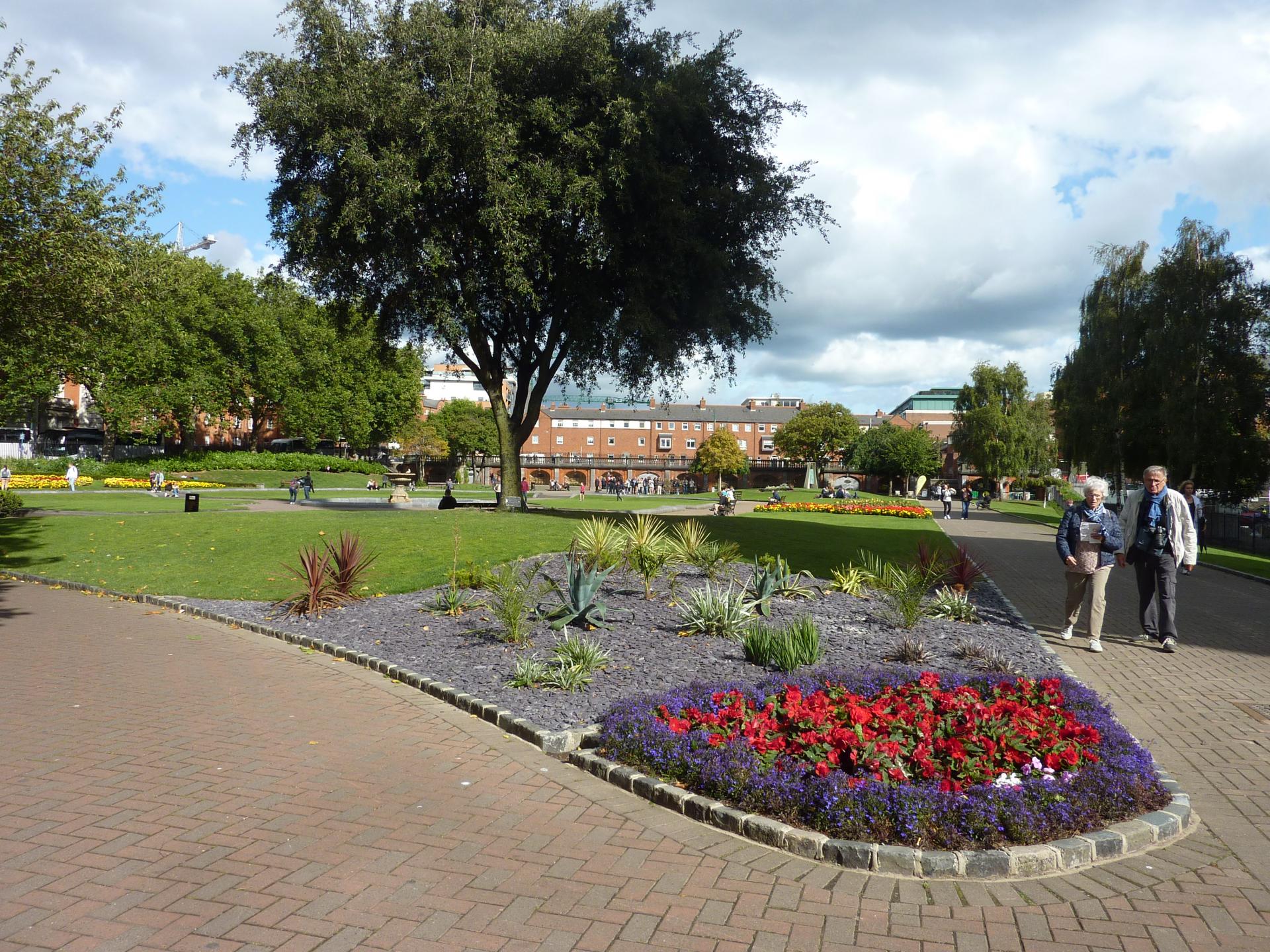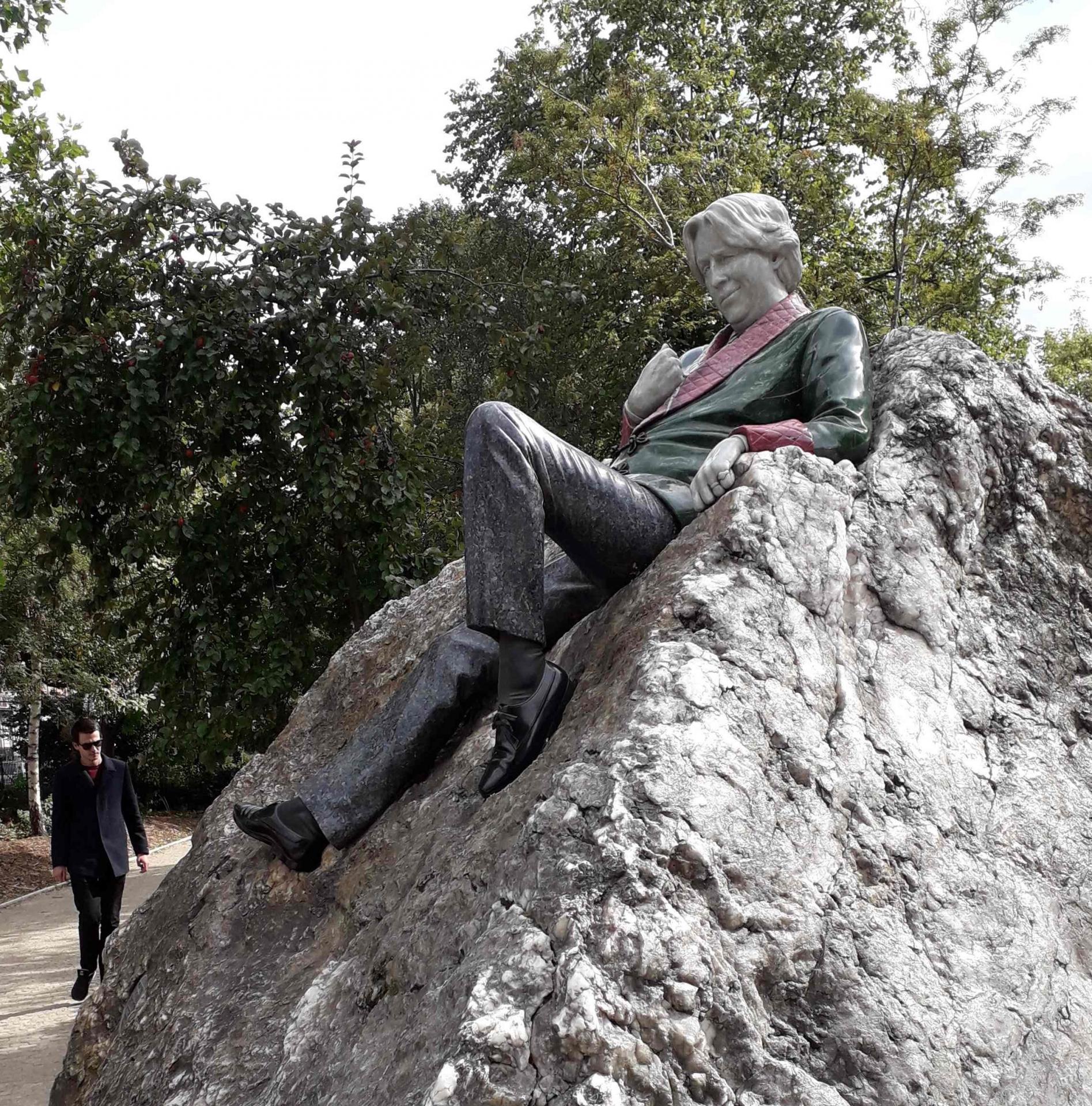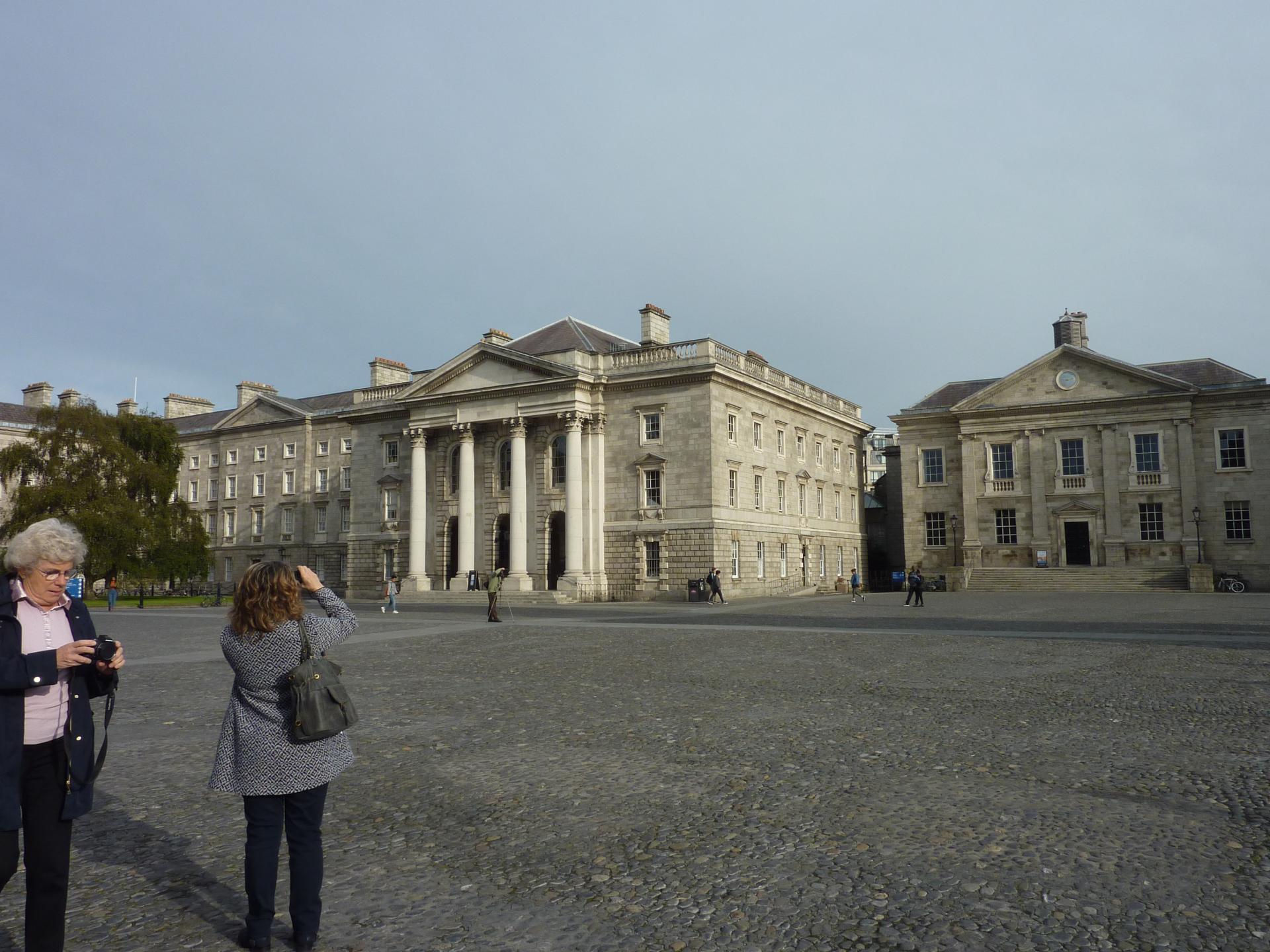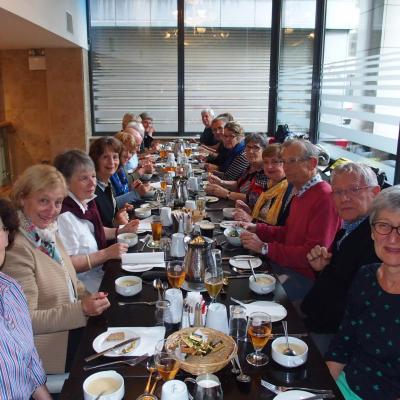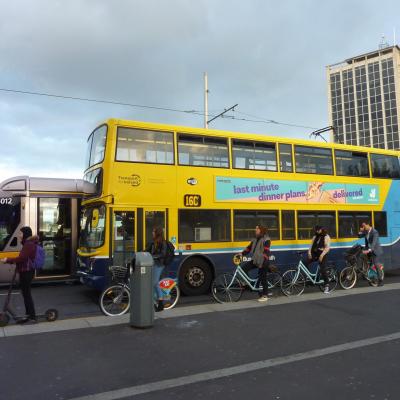DUBLIN
Ces textes ont été élaborés par Colette HASLE.
We spent 5 days in Dublin in September 2019 from the 9th to the 13th.
We appreciated the balance between visits and free time, furthermore, it was easy to walk to the city centre from the hotel.
Our guide was a French woman married to an Irish man. She had a very good knowledge of the city, of Ireland, and
of the customs. This gave us the opportunity to make the most of the visits but also to have good suggestions for our free time.
Coming from the airport, on the way to the hotel, the bus drove through the city to give us an overview of different districts.
St PATRICK'S CATHEDRAL
In the afternoon, we visited St Patrick's Cathedral. Patrick is the patron saint of the Irish.
It is a very imposing gothic building in the south of the city.
It has beautiful stained-glass windows .
Jonathan Swift, author of Gulliver’s Travels, is one of the many famous people buried here.
TRINITY COLLEGE
During the morning, we spent quite a long time inside Trinity College.
It is the oldest Irish University and is known as one of the most famous in Europe.
Other great authors studied here : - Samuel Beckett, Nobel Prize for Literature and Oscar Wilde
whose statue stands in the corner of Merrion Square in front of his house.
Trinity College Library is remarkable for its long room containing 200 000 of the oldest books
of the Library.
This long room is lined with busts of philosophers and it also displays the harp of Brian Boru,
the national emblem of Ireland.
But the most famous exhibit you can see there is « The Book of Kells », countaining magnificent medieval
illuminated manuscripts produced by monks.
We had very little time in Trinity gardens that day because we had to go to the Teeling Whiskey Distillery.
TEELING WHISKEY
DISTILLERY
There we learned how Irish Whiskey is made and its differences from Scottish Whisky.
We finished with a guided tasting.
DUBLIN CASTLE
In the late afternoon, we visited Dublin Castle.
Rebuilt during the XVIIIth century, it was the seat of British government in Ireland from 1171 to Irish independance in 1922. Today, it is still used for political ceremonies, such as the investiture of the president of the European Council during the Irish presidence.
In the castle, one can see the magnificent State Apartments, the Royal Chapel and the tenth-century Viking foundations of Dublin in the excavations.
WICKLOW
GLENDALOUGH
We spent a day in the country in County Wicklow, where hills and mountains offer stunning landscapes.
The Valley of the Two Lakes hides the ruins of the monastic city founded by St Kevin in the 6th century.
On the site, there is a round tower, the Cathedral, and the church in the middle of a wild park where we had a pleasant walk to the lake.
POWERCOURT
After lunch in Powercourt, a manor dating back to the XVIIIth century, we went through the estate, walking from the Italian garden to the Japanese garden, and from the Triton Lake to the Pet Cemetery and ending in the rose garden.
GUINNESS BREWERY
Guinness storehouse : Museum in a gigantic brewery.
On 5 floors, we discovered the secrets of the production of Guinness, the advertising campaigns, the history of the building and the master coopers. We were able to test our knowledge of alcohol and to taste Guinness.
IRISH HISTORY
In the afternoon, we continued to study the history of the Irish people at the Immigration Museum: EPIC.
Through 20 themes such as famine, music, and culture..., rooms with interactive explanations helped us to understand what led so many Irish people to travel the world.
Famine Memorial Statues commemorate the most profound disaster in Irish history,
when Ireland lost more than one million citizens from starvation, following the potato blight .
In the evening, our guide arranged an Irish evening in the party room of another hotel.
Musicians singers and dancers took us into an atmosphere full of the energy and vitality of folklore.
ARCHAEOLOGICAL MUSEUM
Before we left, we went further into the history of this country with a visit to the Archaeological Museum of Ireland, located in a wing of a magnificent palace.
On several floors one can admire rich treasures of prehistory, including the arrival
of the Celts (800 BC).
OTHER VISITS
We had nice free walks across the city and we saw other landmarks of Dublin :
- O’Connor street, located near the hotel, is the widest street in the city.
- O’Connor statue, on XVIIIth century politician, who was very important in the history of Dublin.
- The Spire is a striking 120 metre high landmark in the heart of Dublin.
- The General Post Office situated in a huge building, is very important because it is where the Irish Republic was proclaimed.
On the other side of the river, is Temple Bar, the oldest district in Dublin with very busy little streets.
It is a meeting place for artists, with many restaurants, bars and little shops.
Statue of Molly Malone: She was a semi-historical, semi-legendary fisherwoman who is commemorated in the song "Cockles and Mussels", a Dublin anthem.
Further on, George Street Arcade is a shopping centre, one of the oldest of this kind in Europe with expensive shops and small stalls.
Everywhere in Dublin, you will see Caroll Irish Gifts shops.
